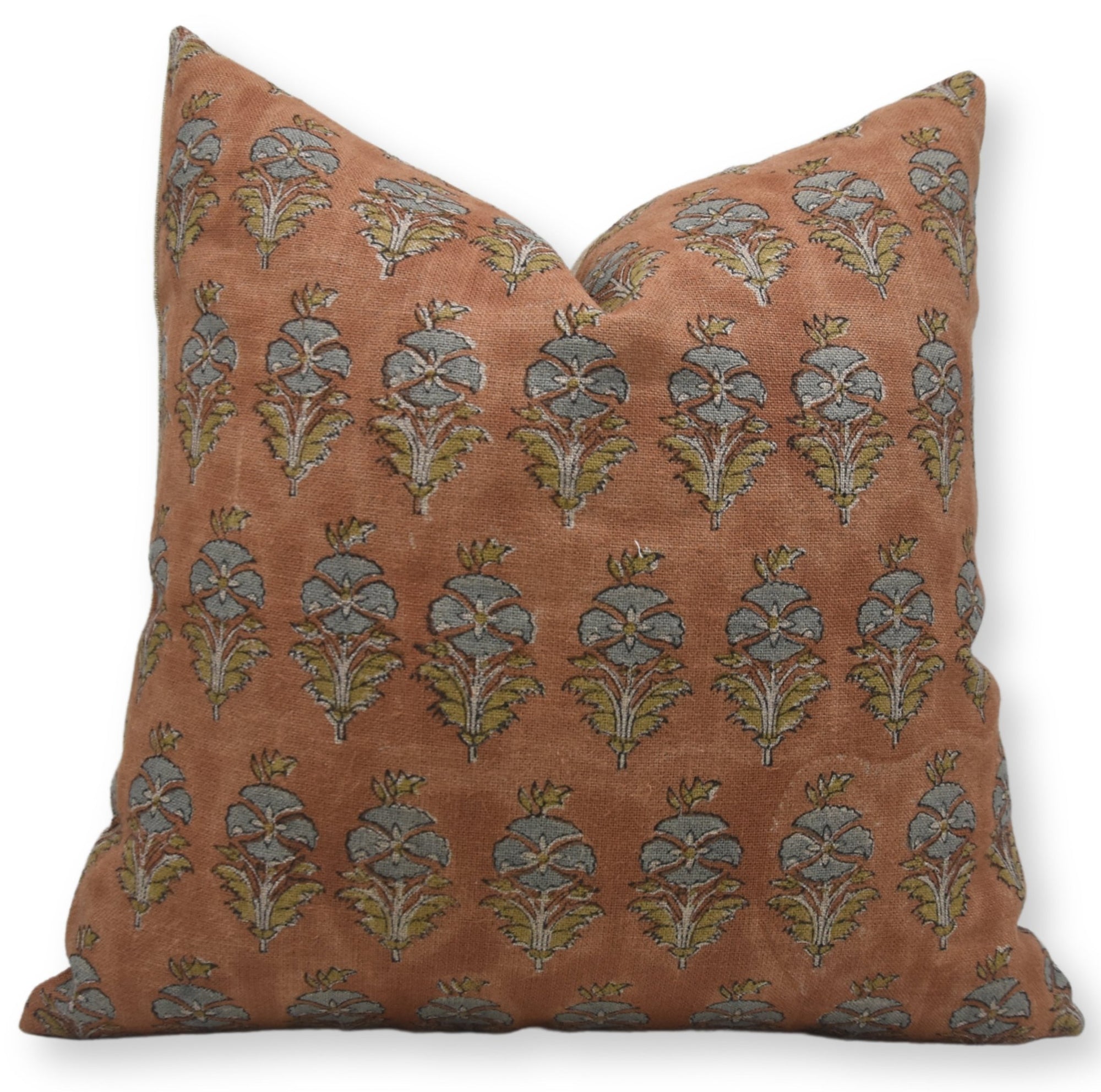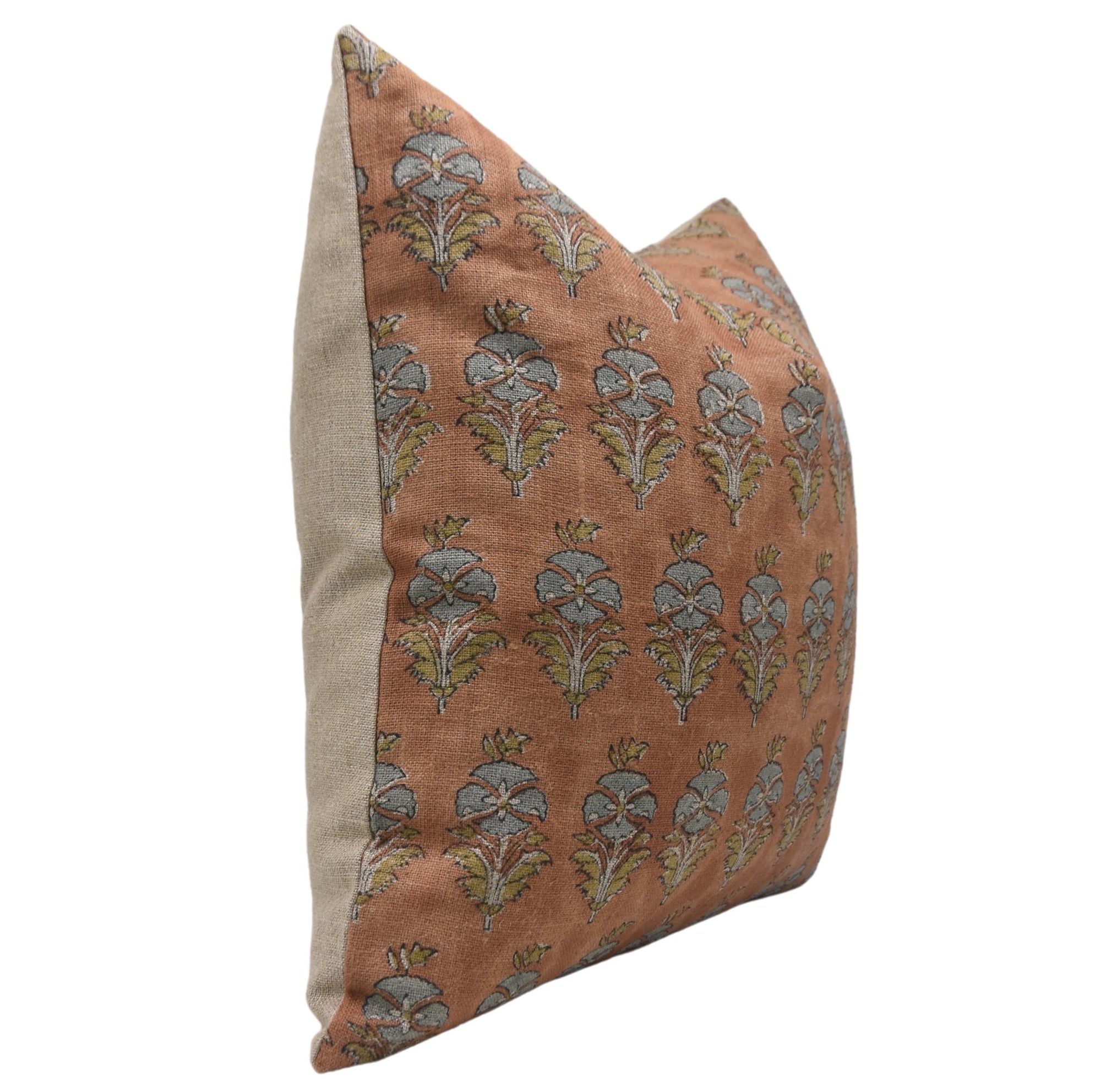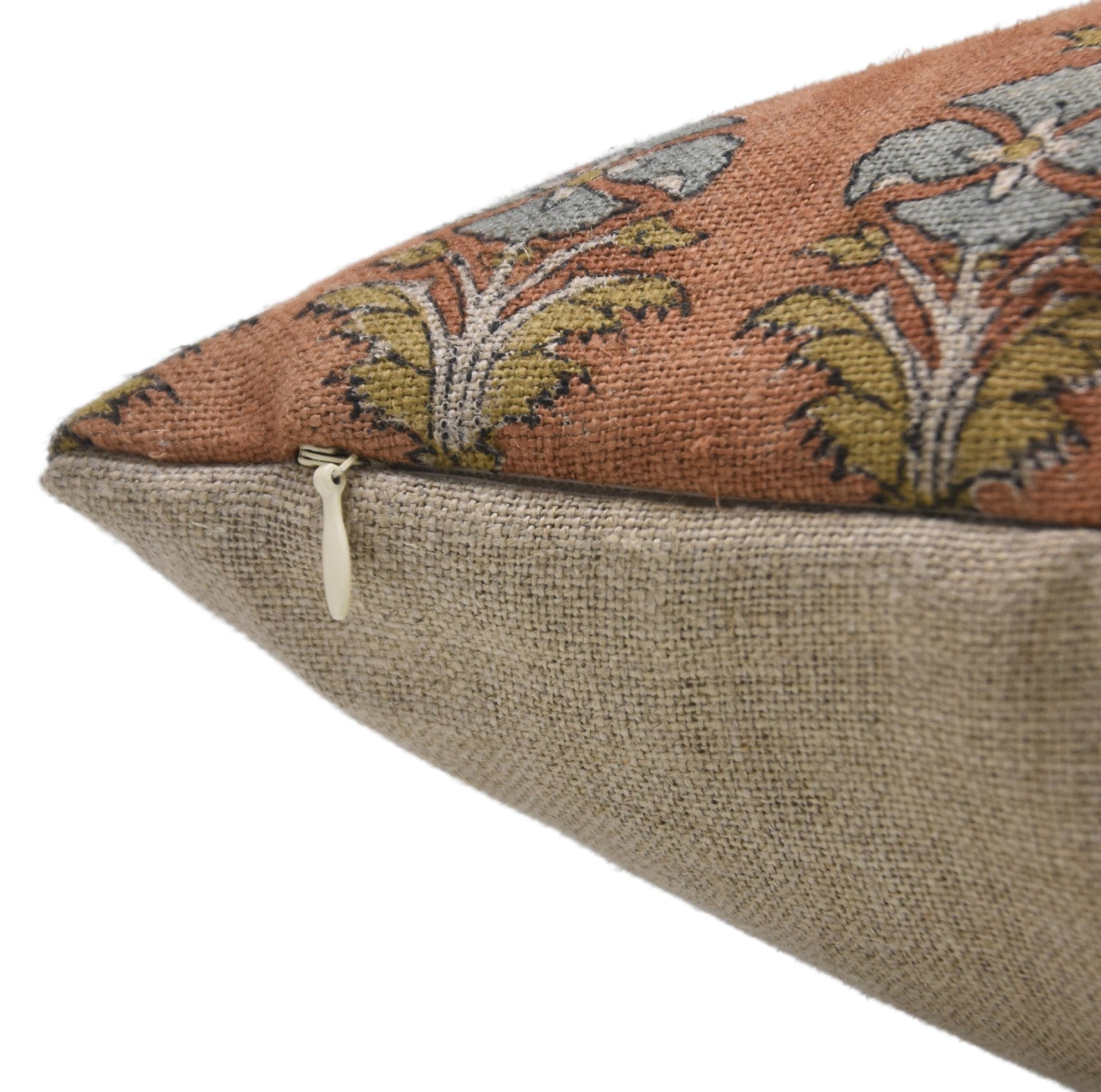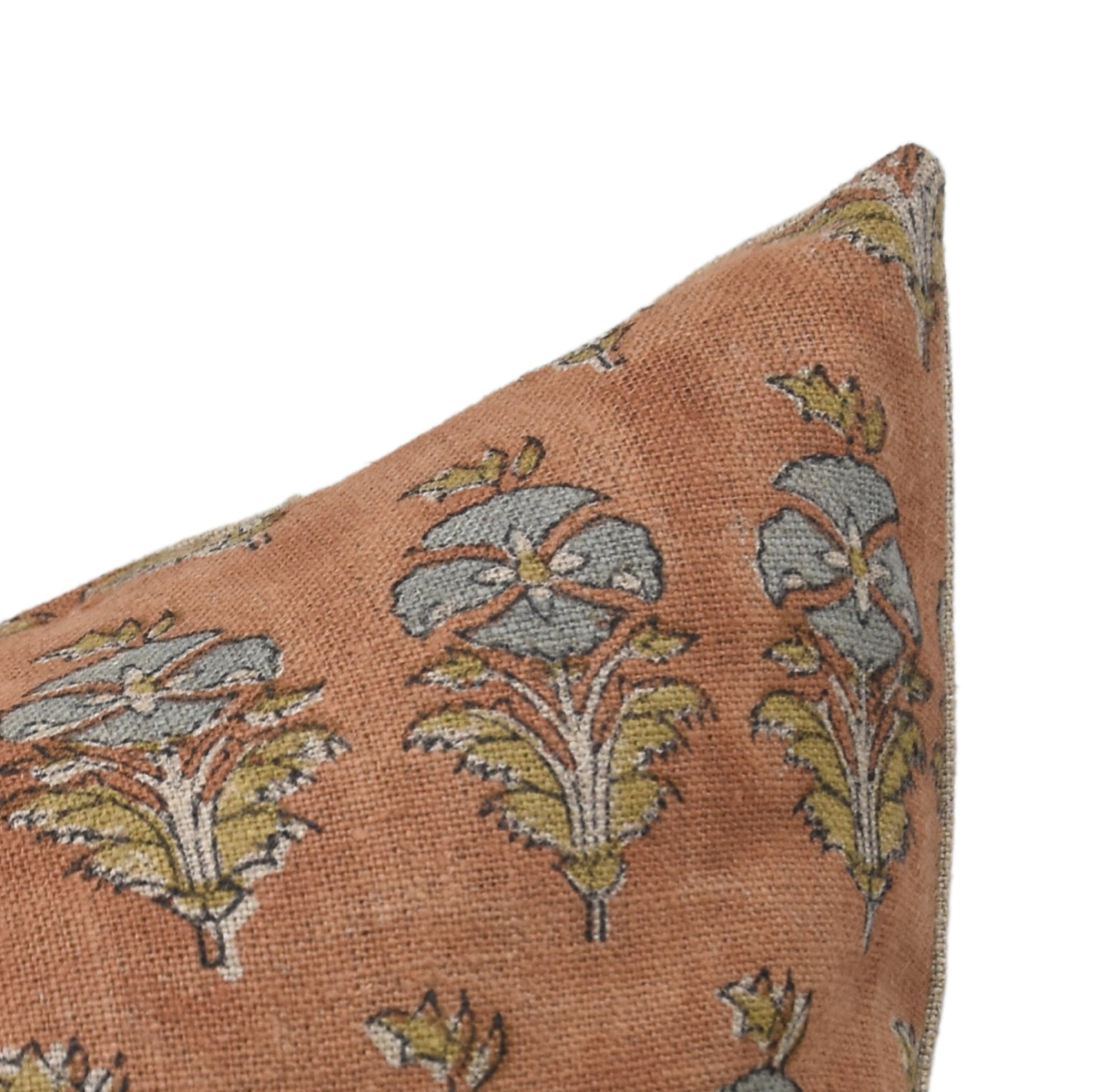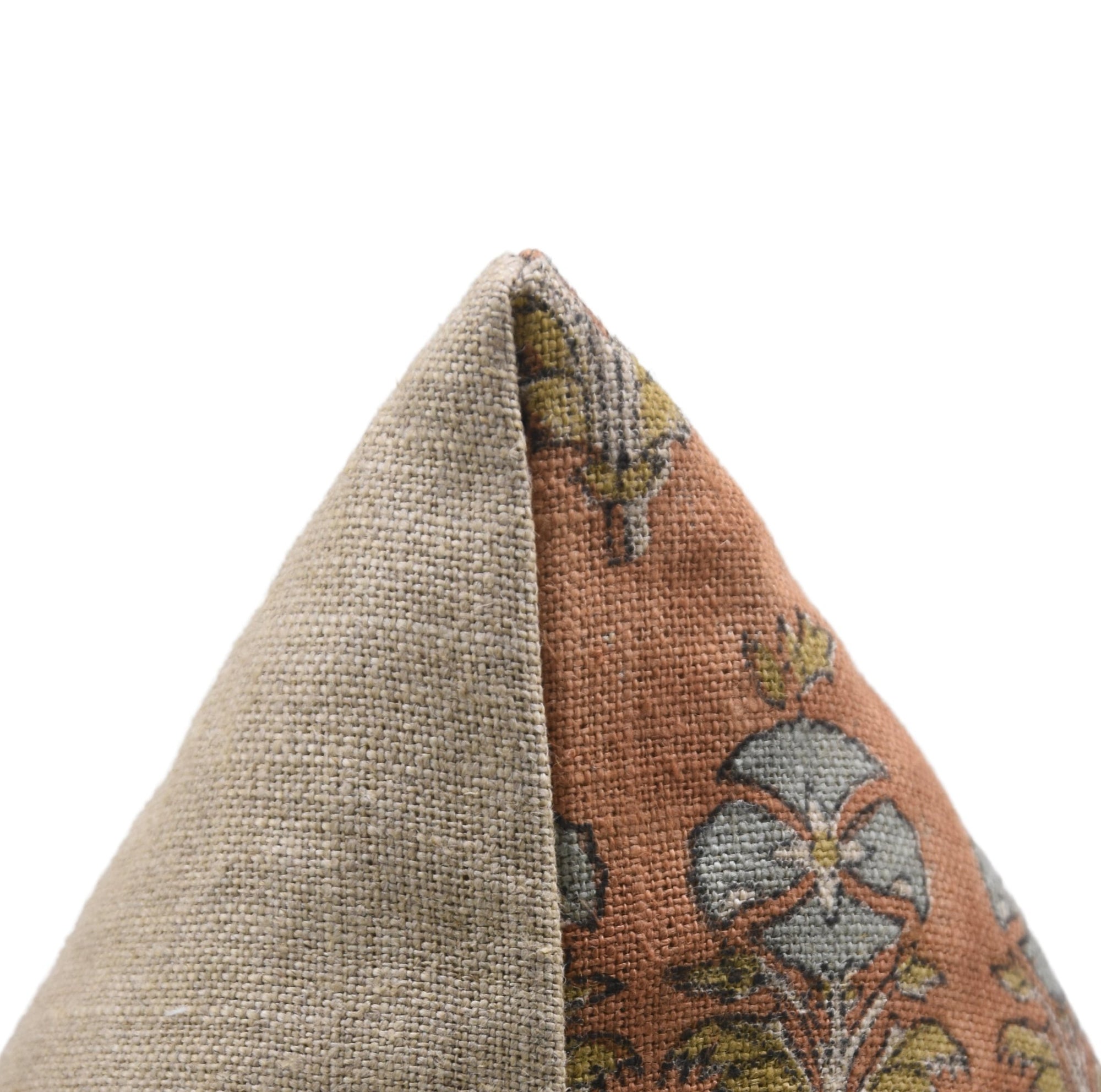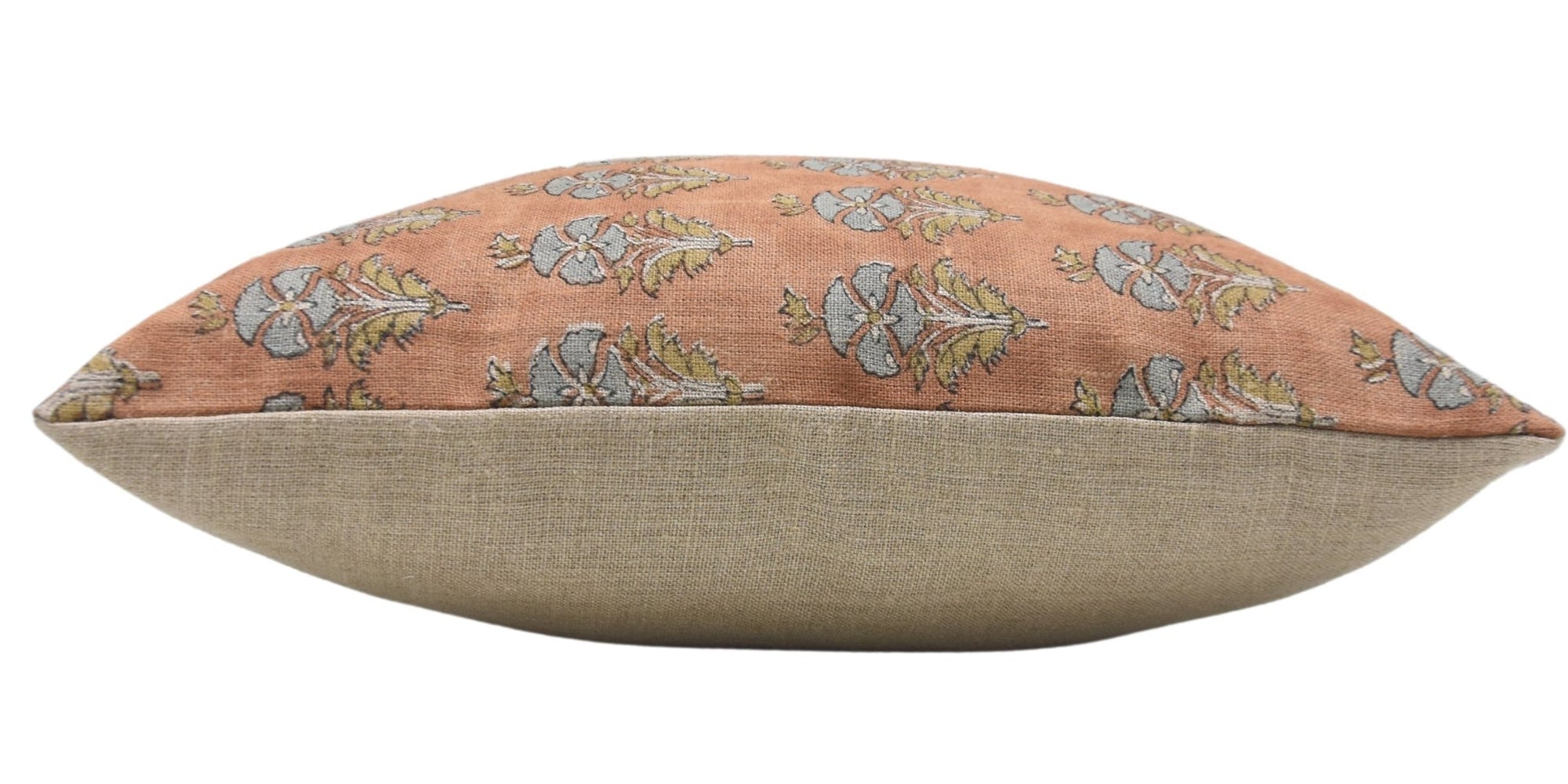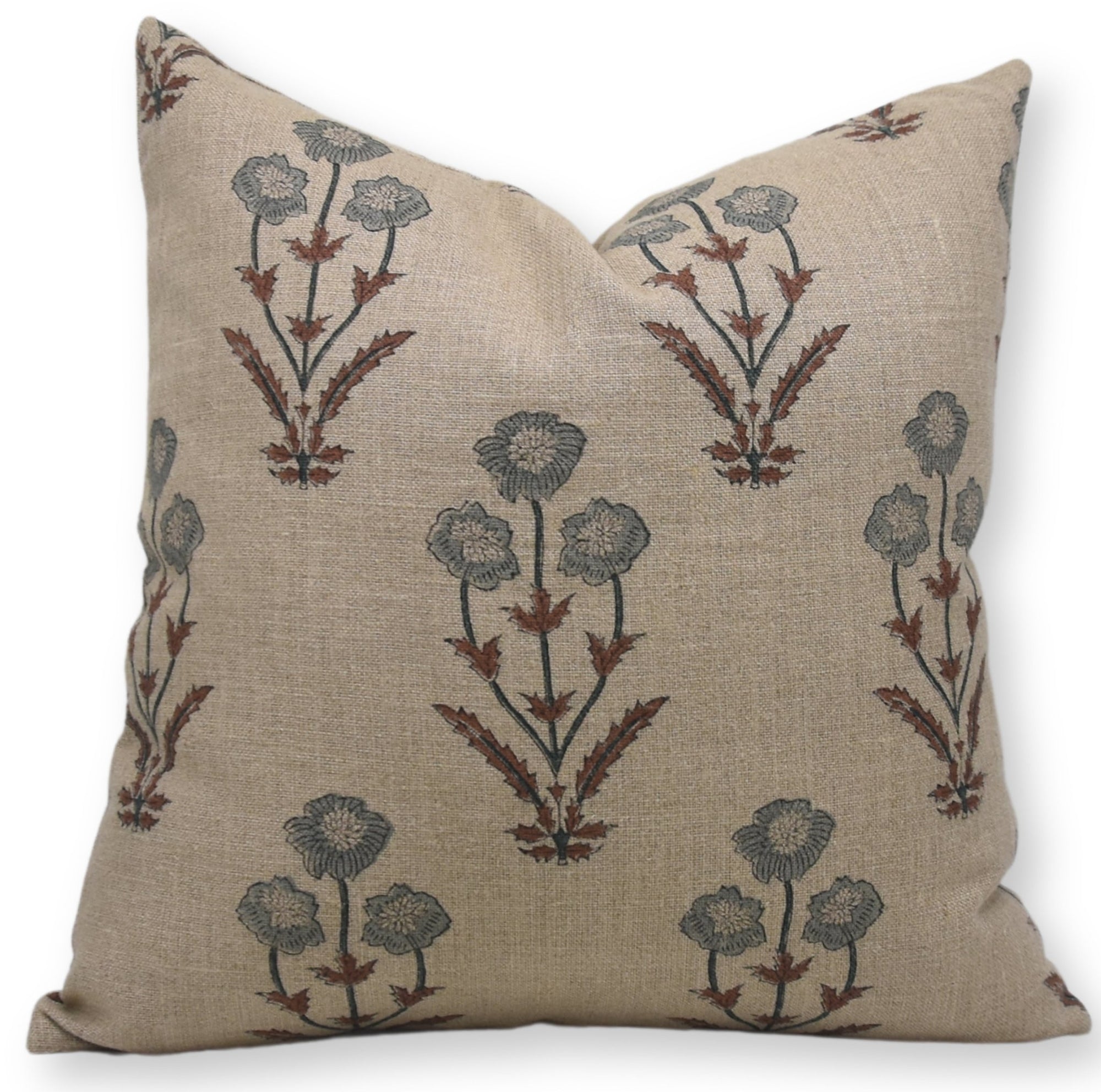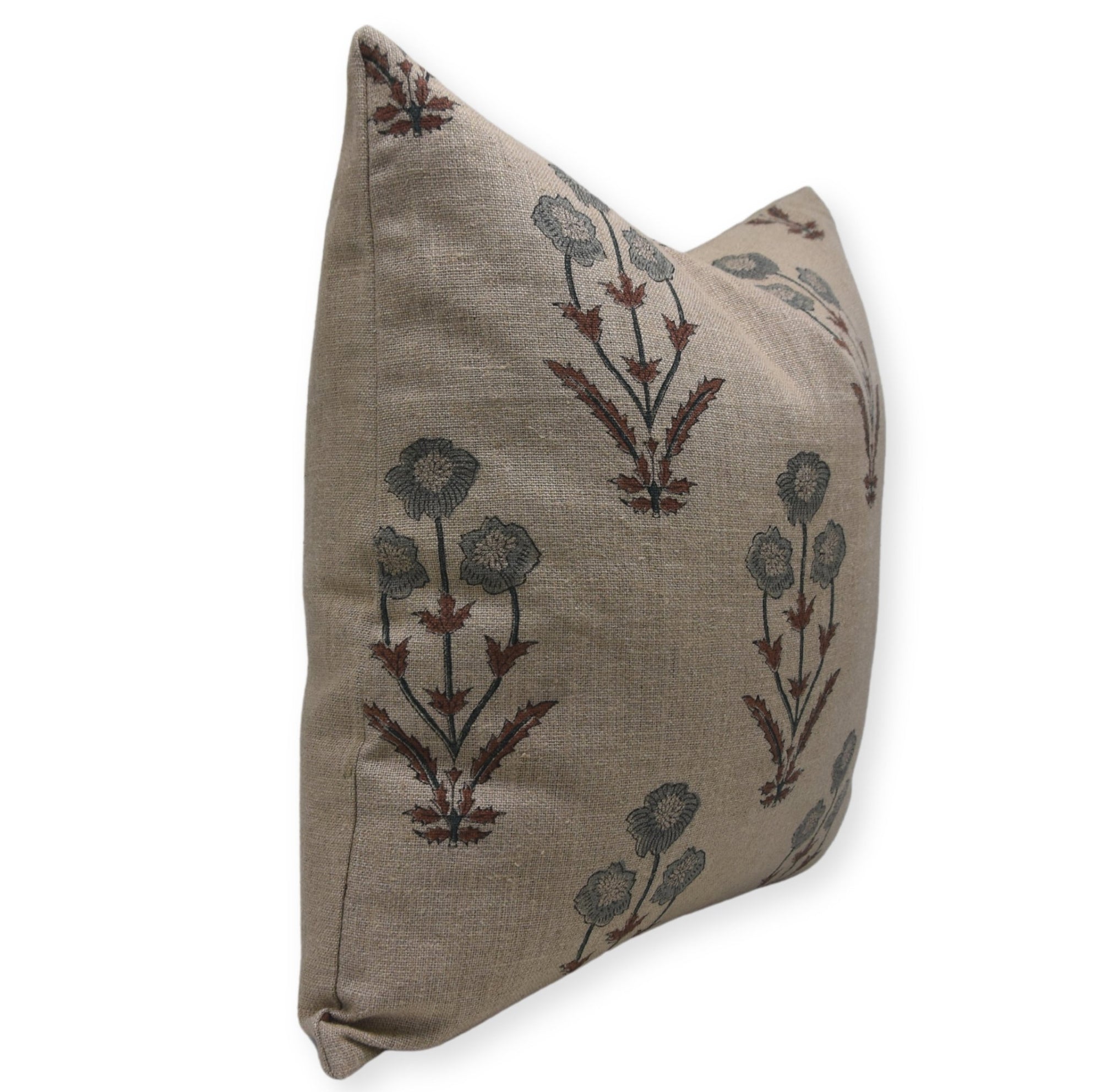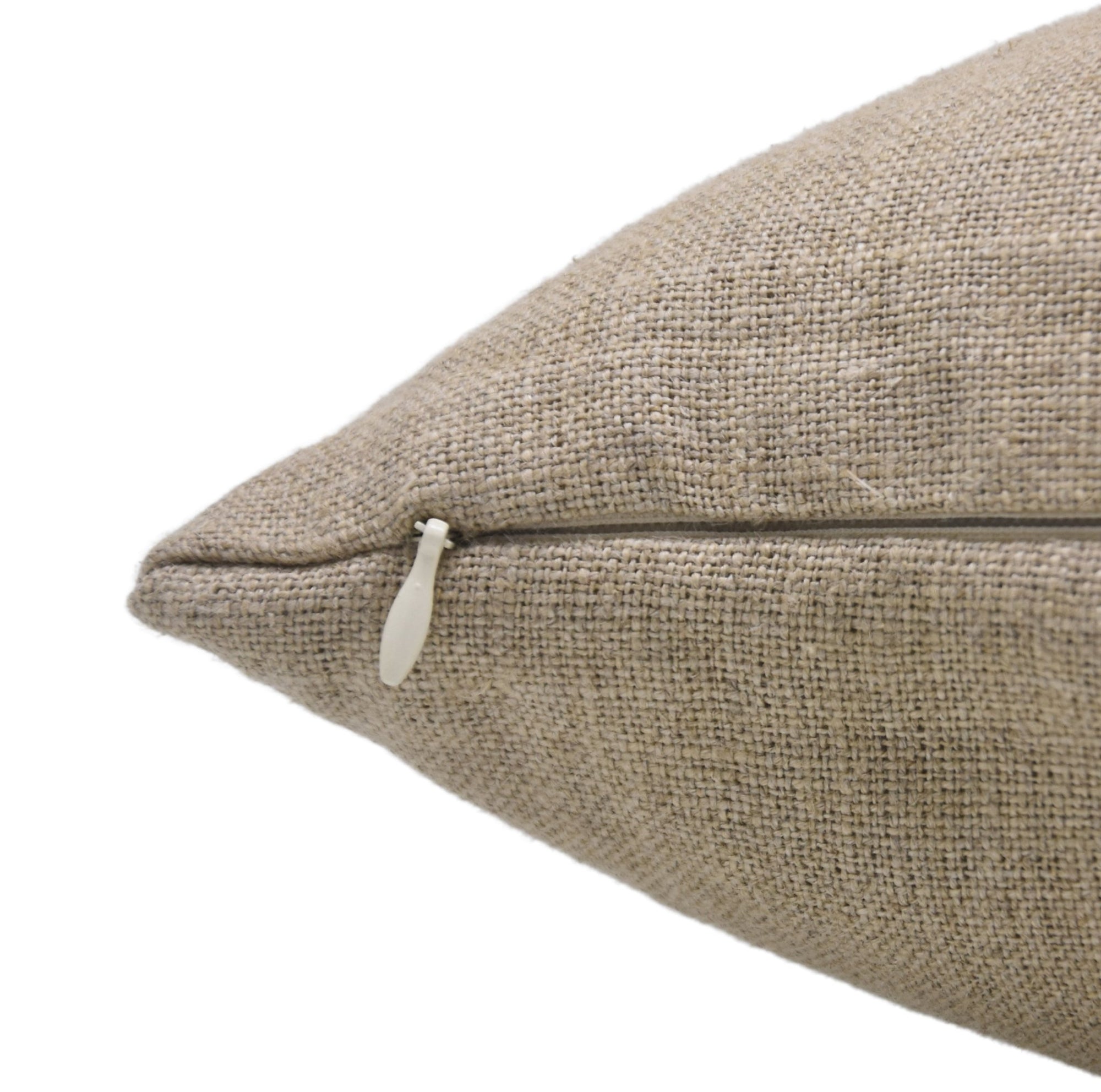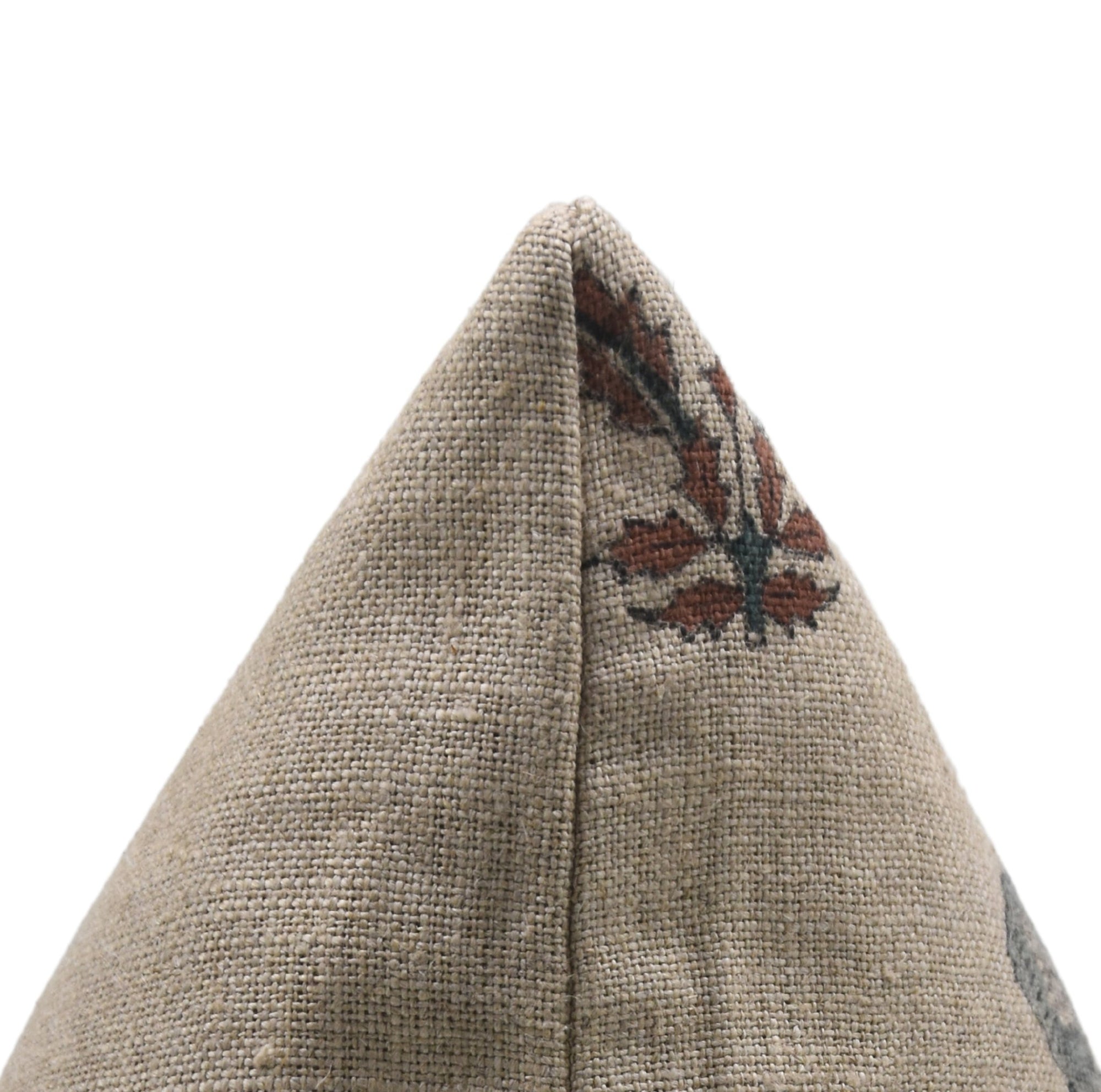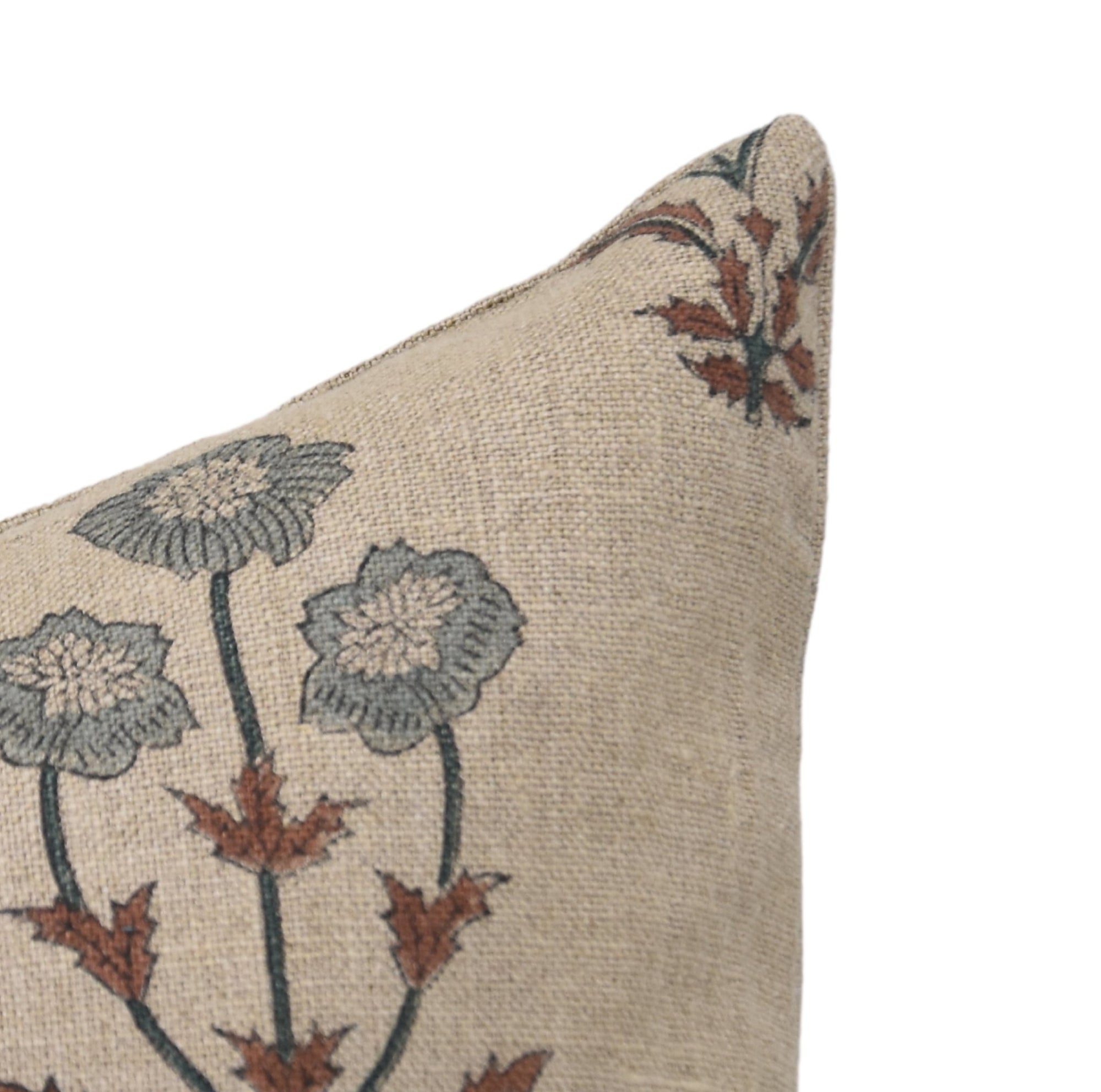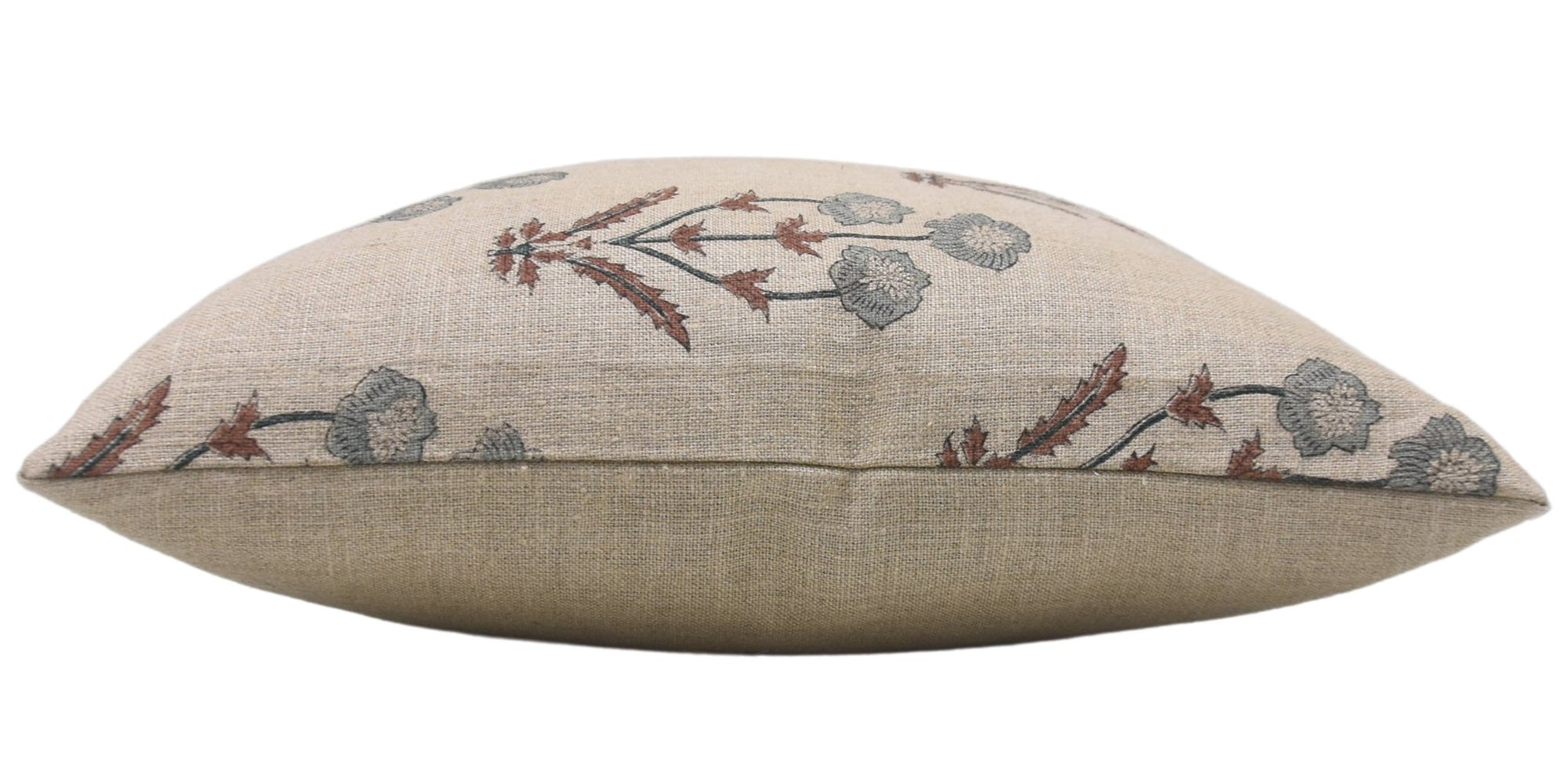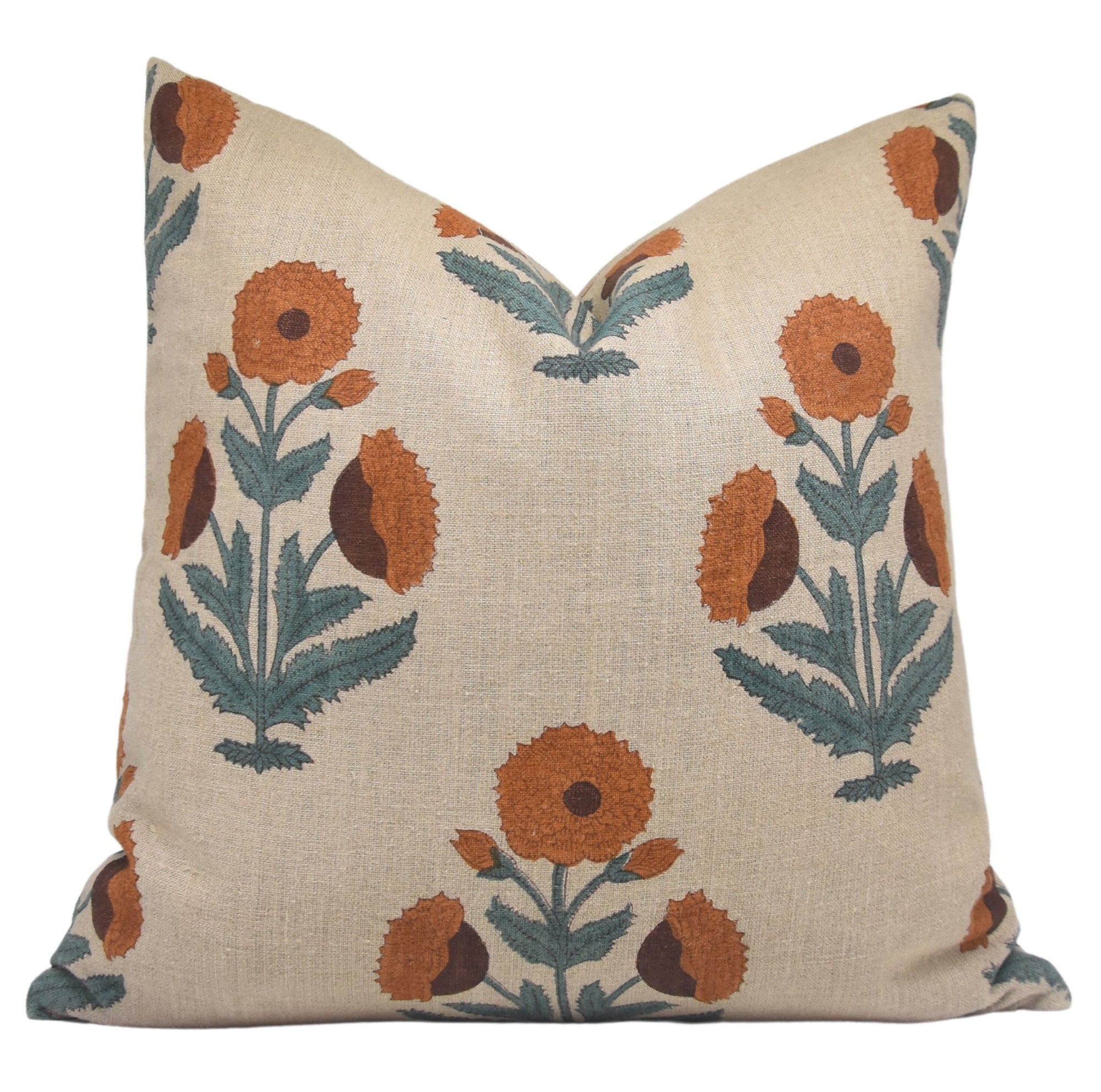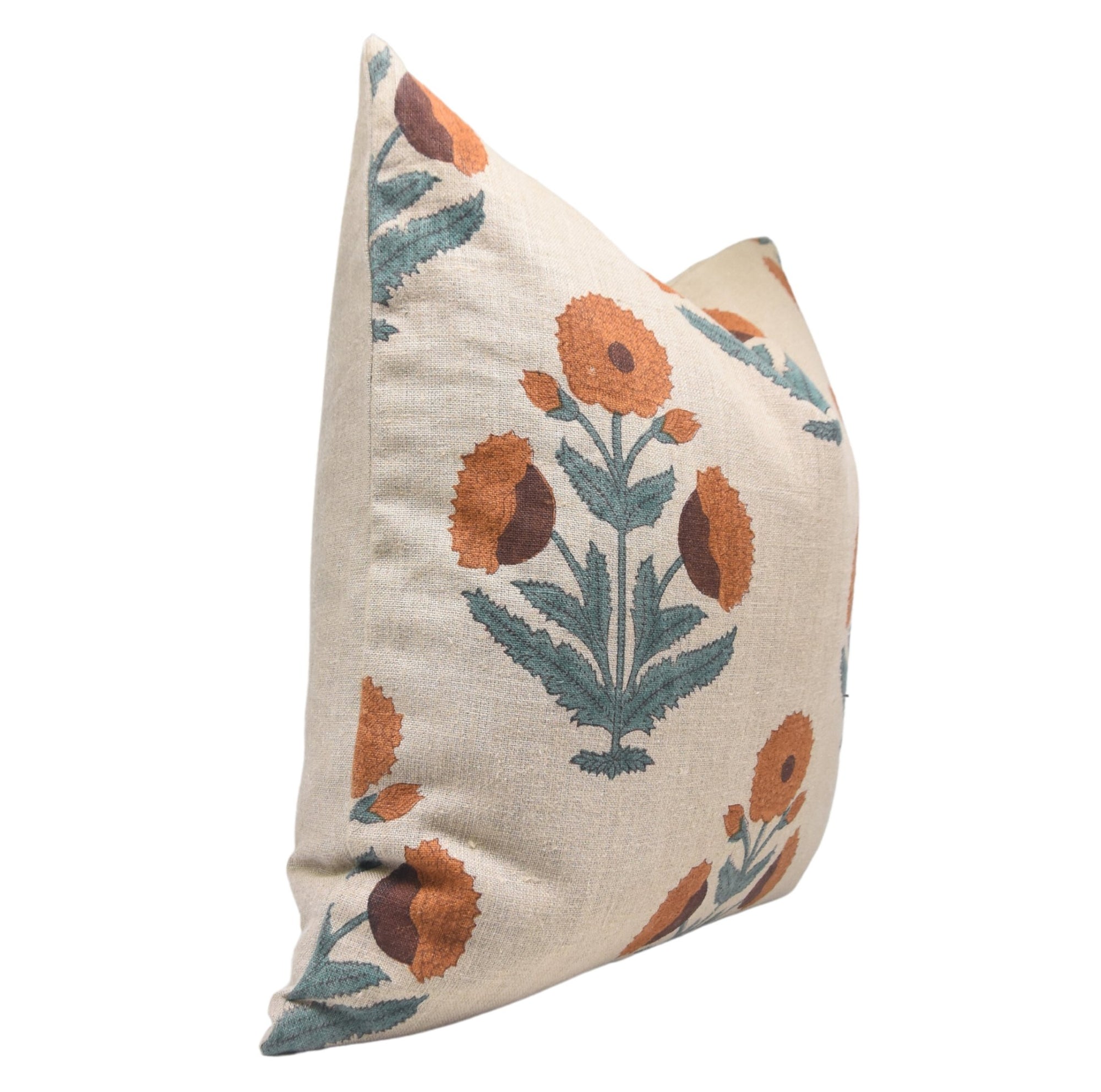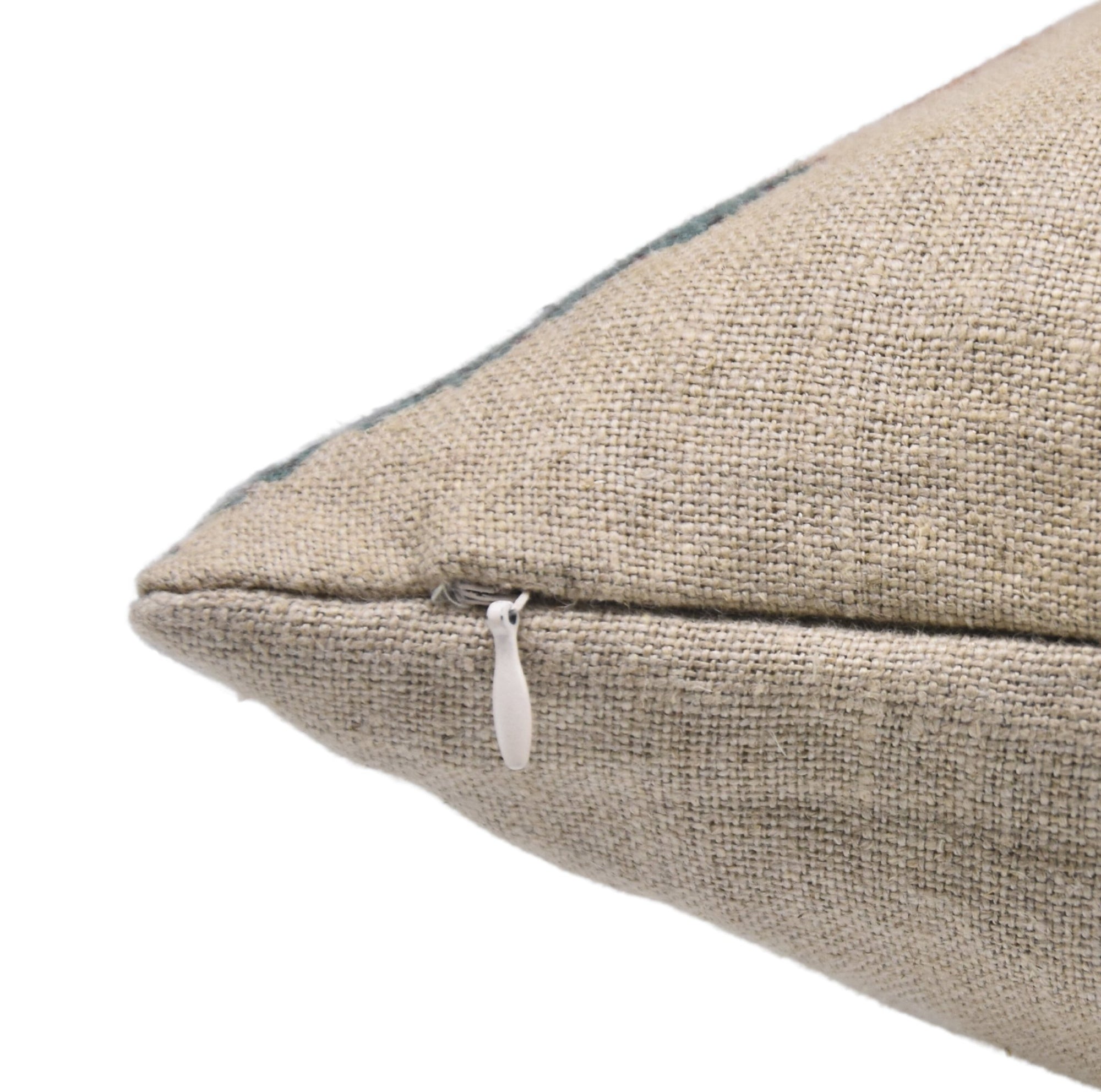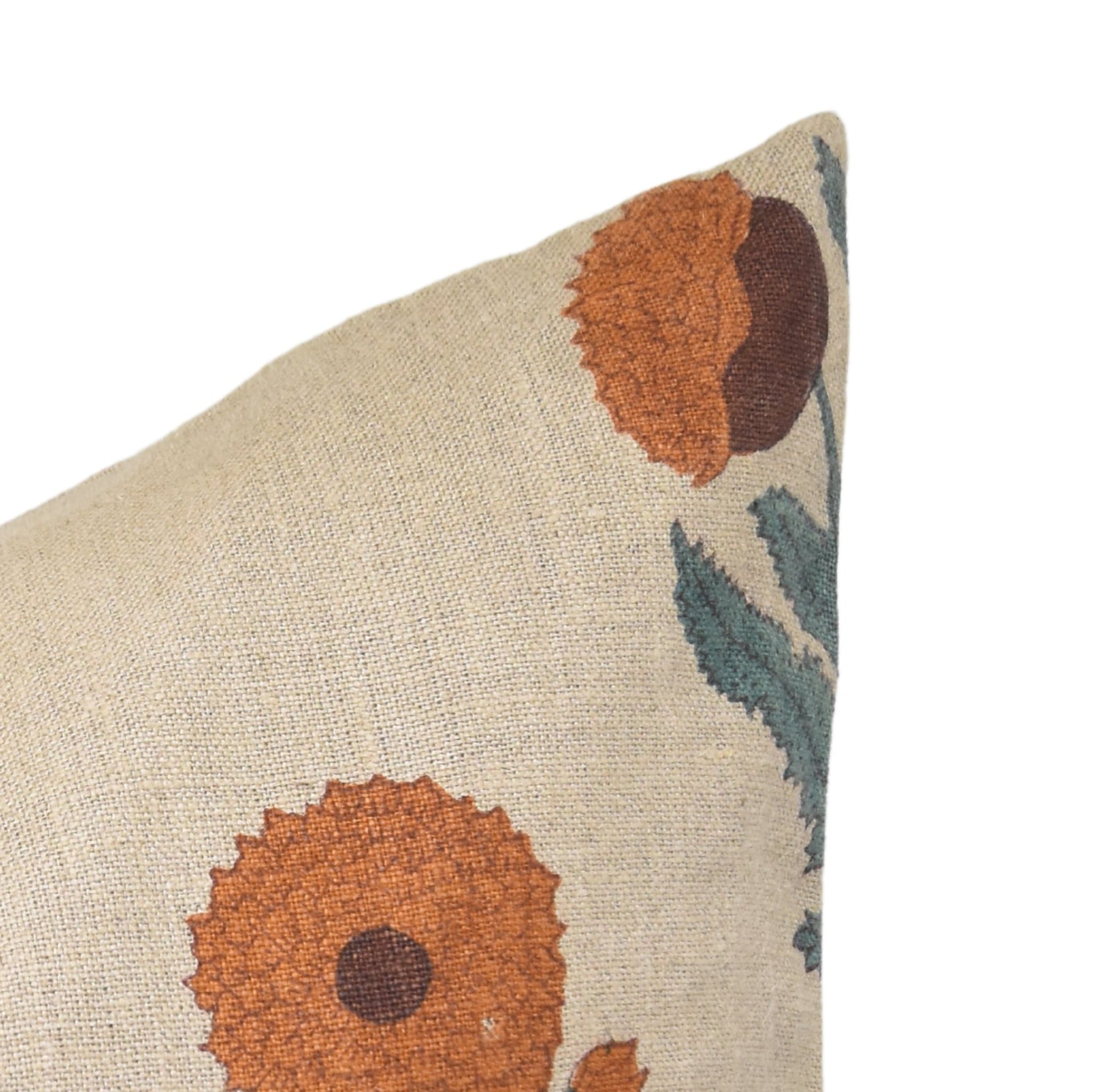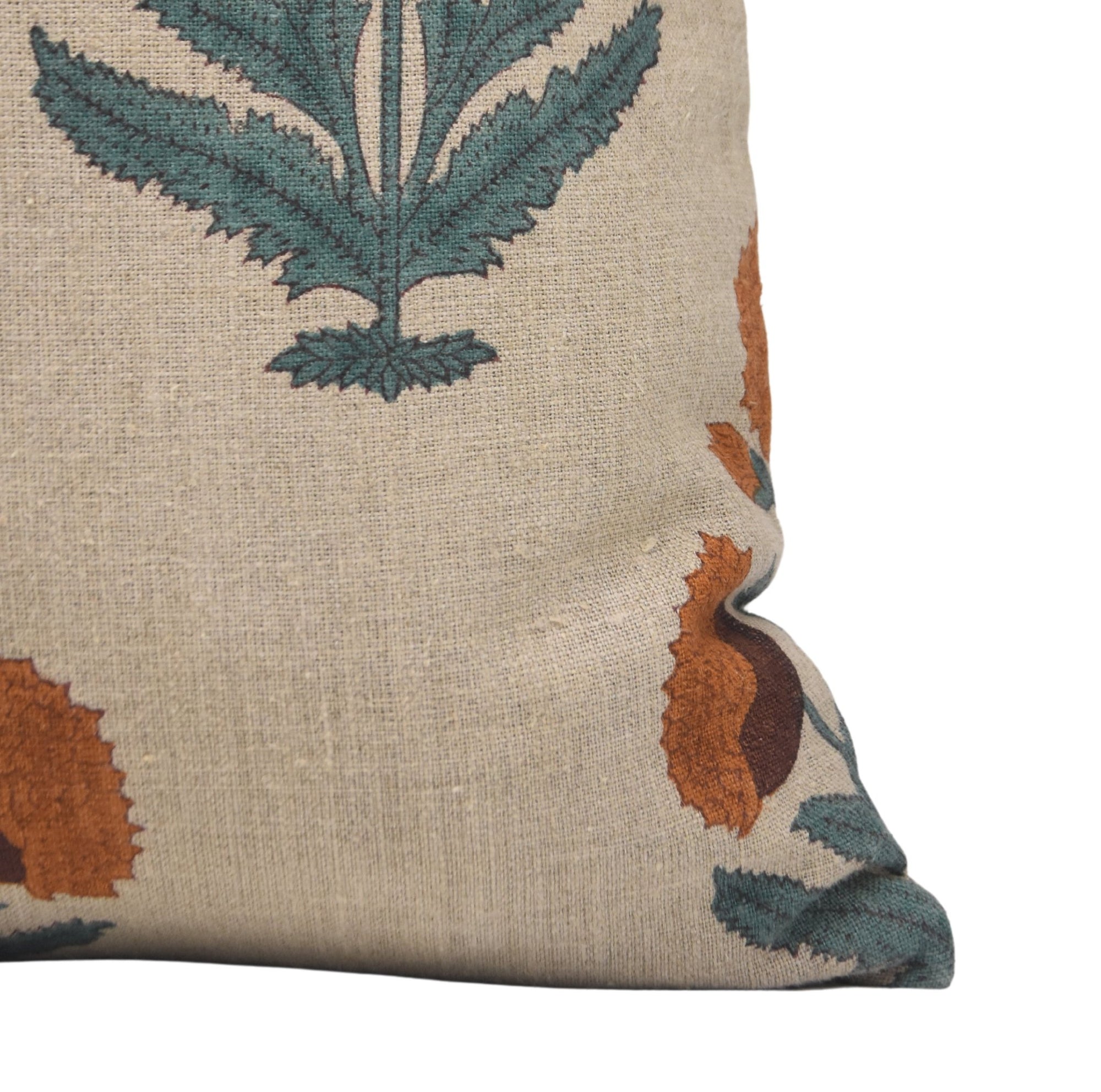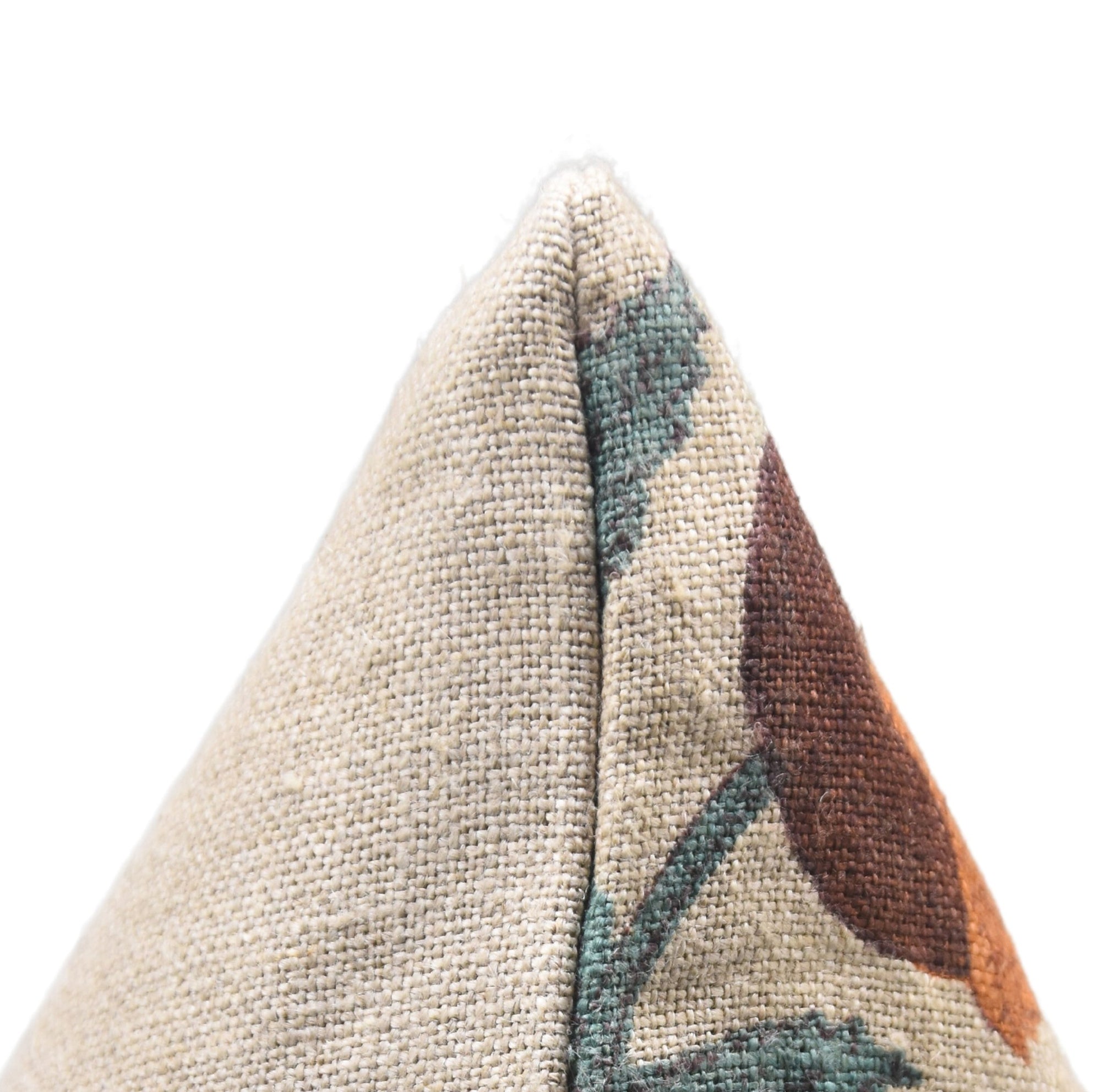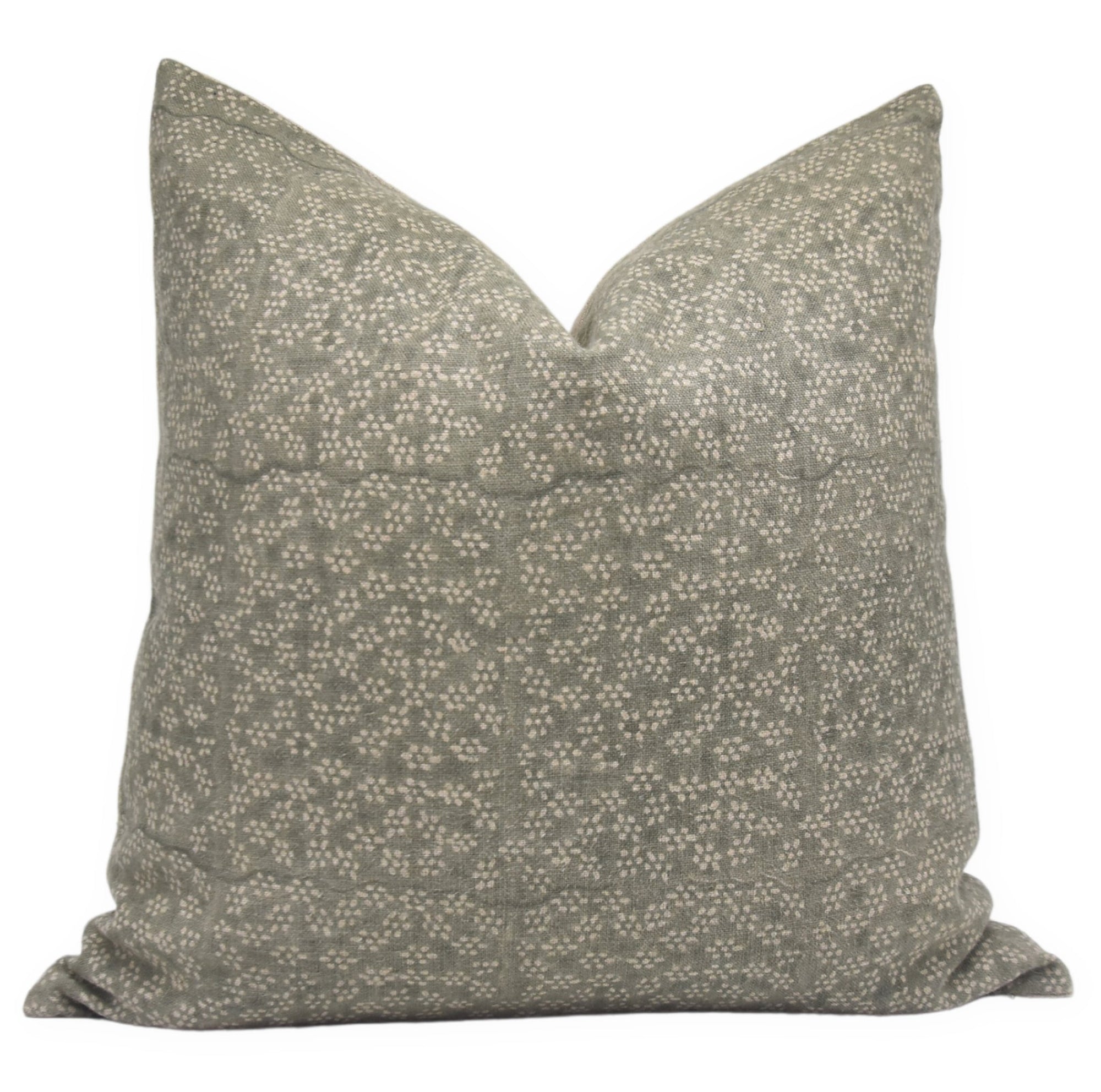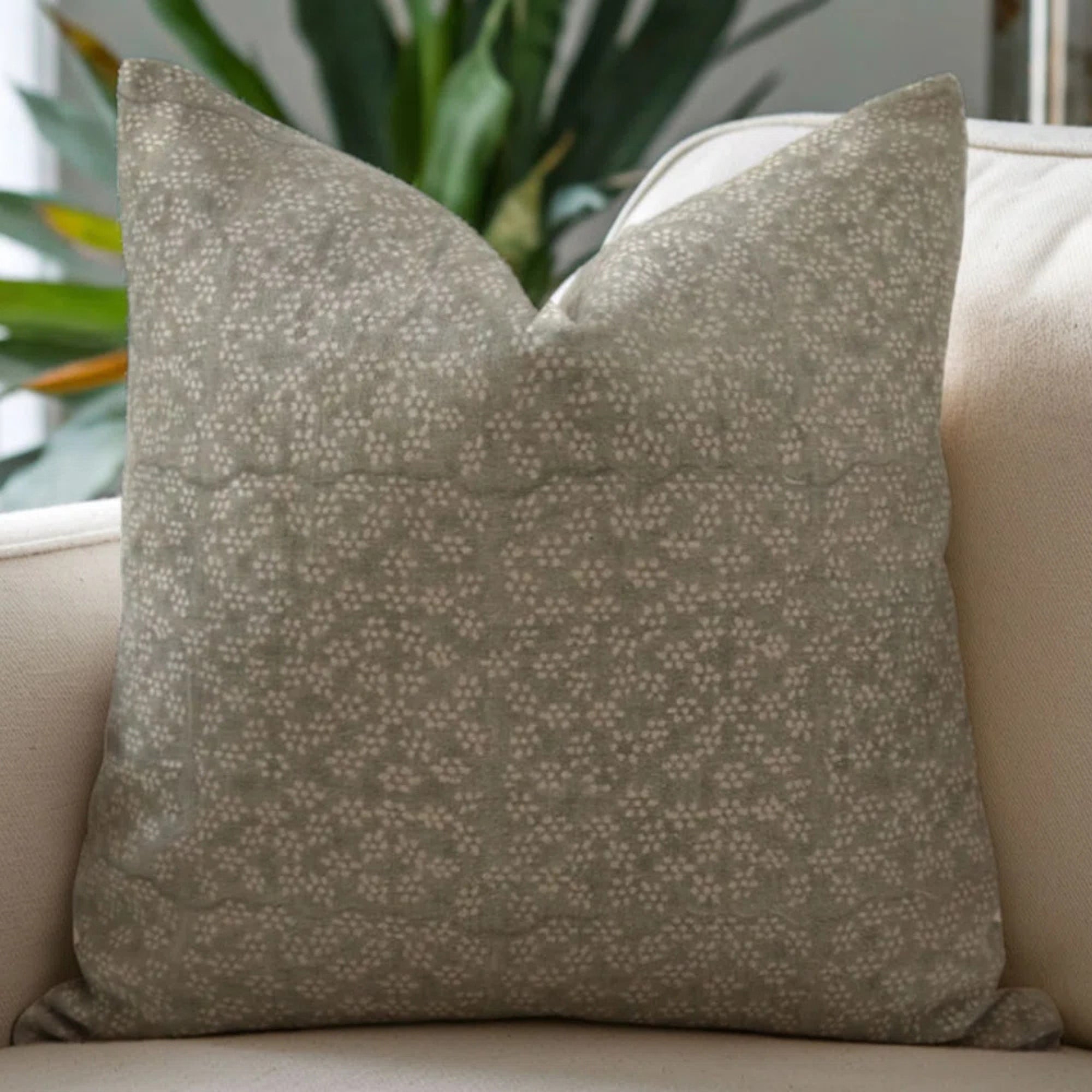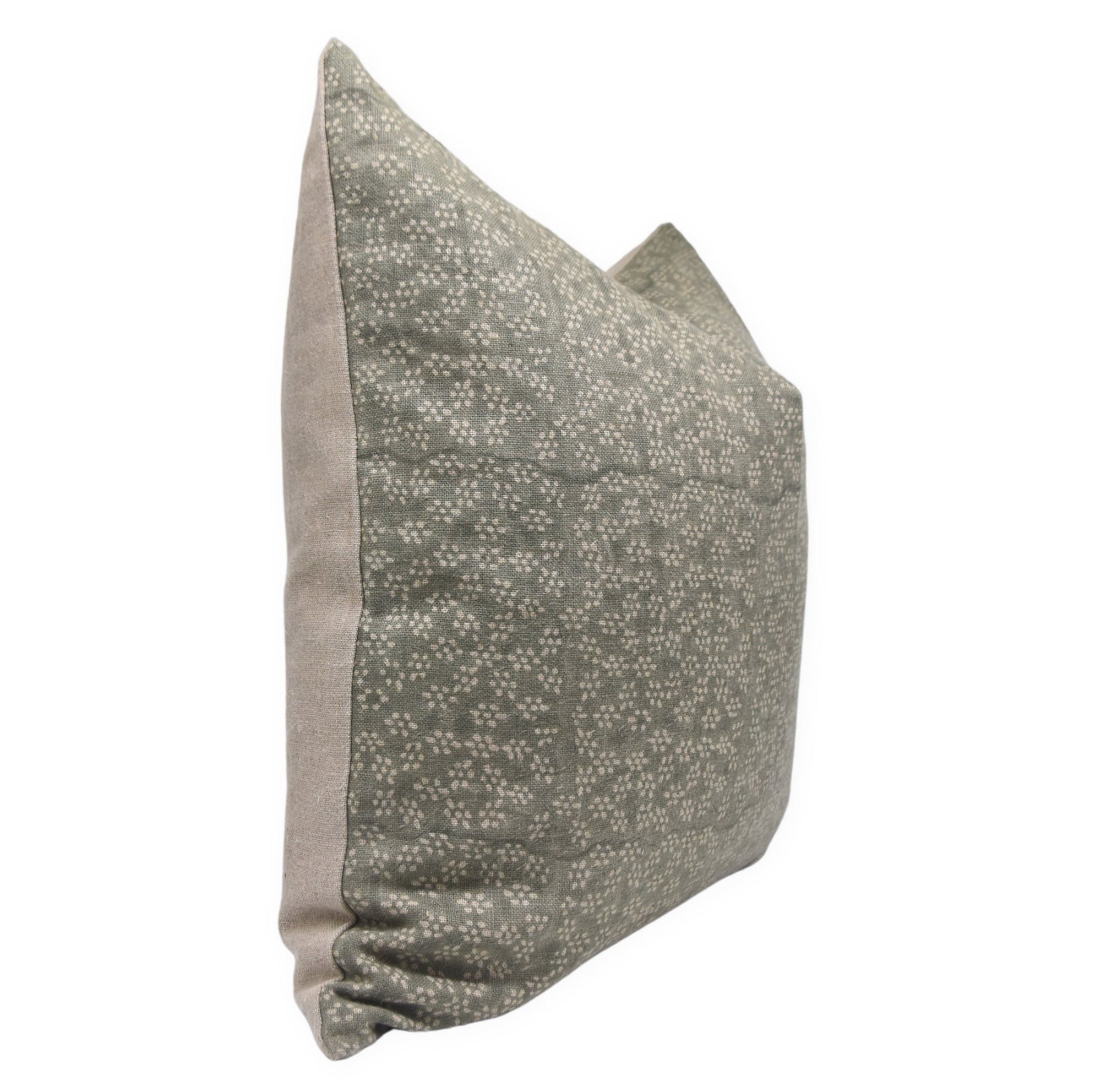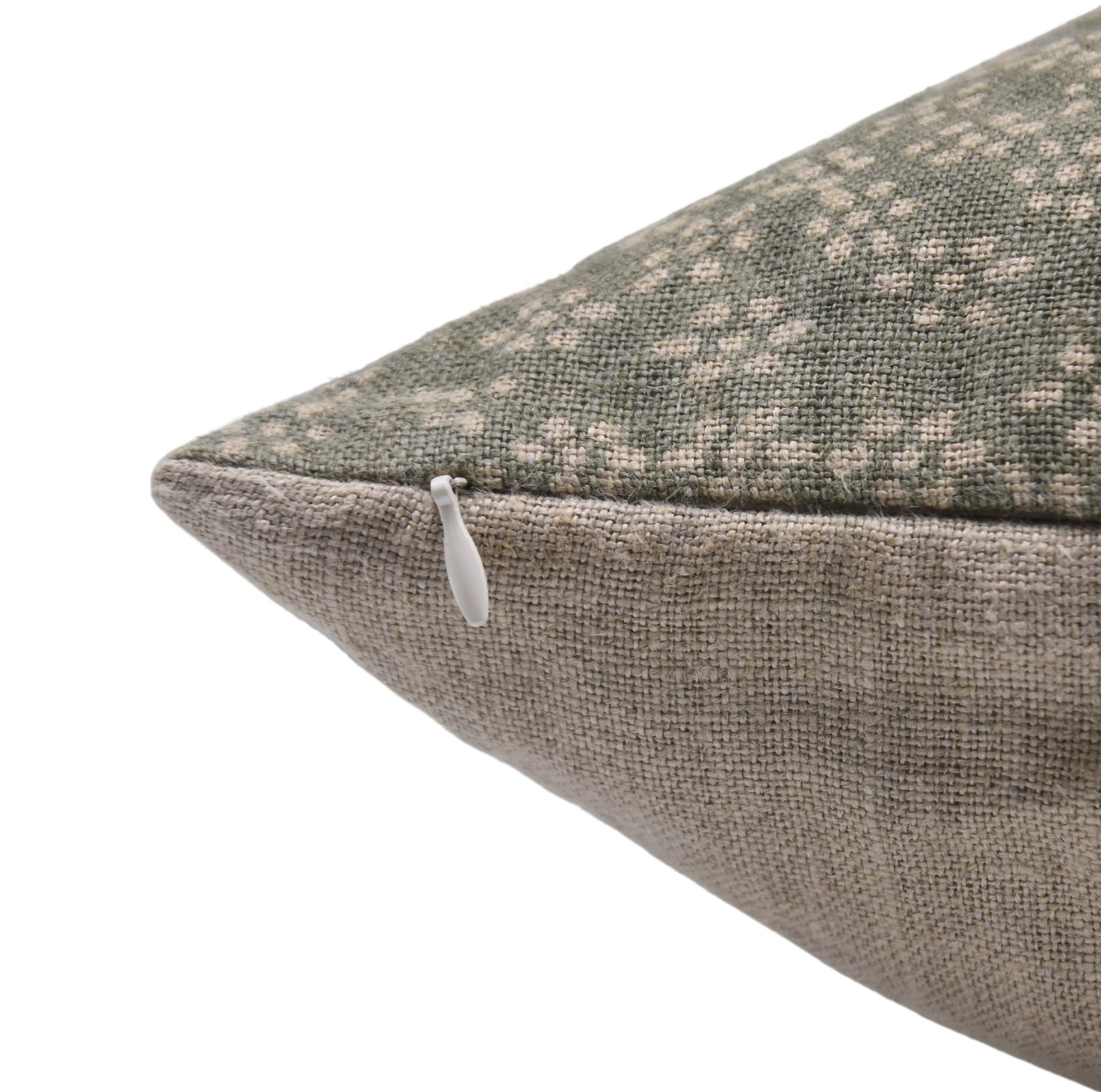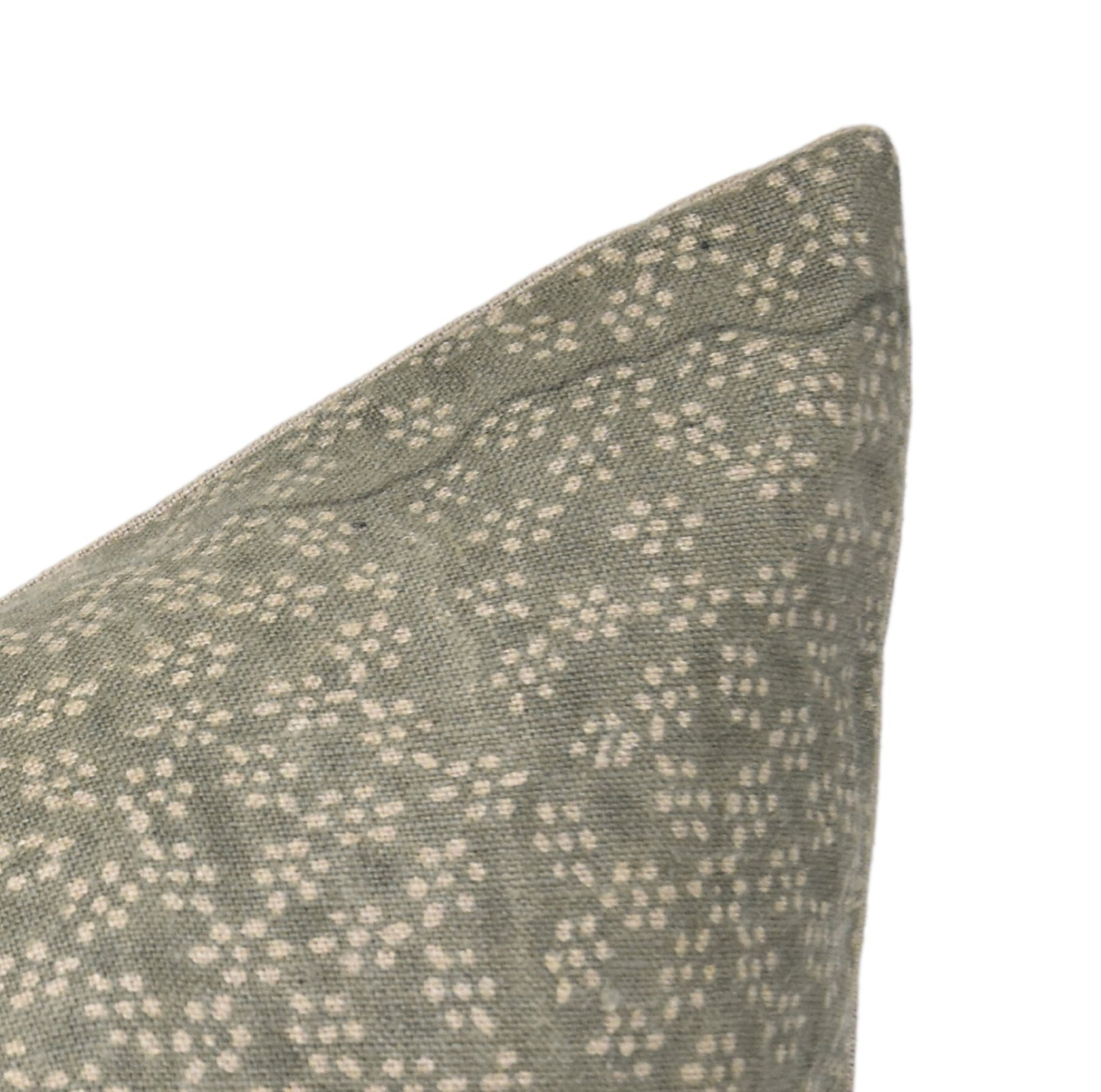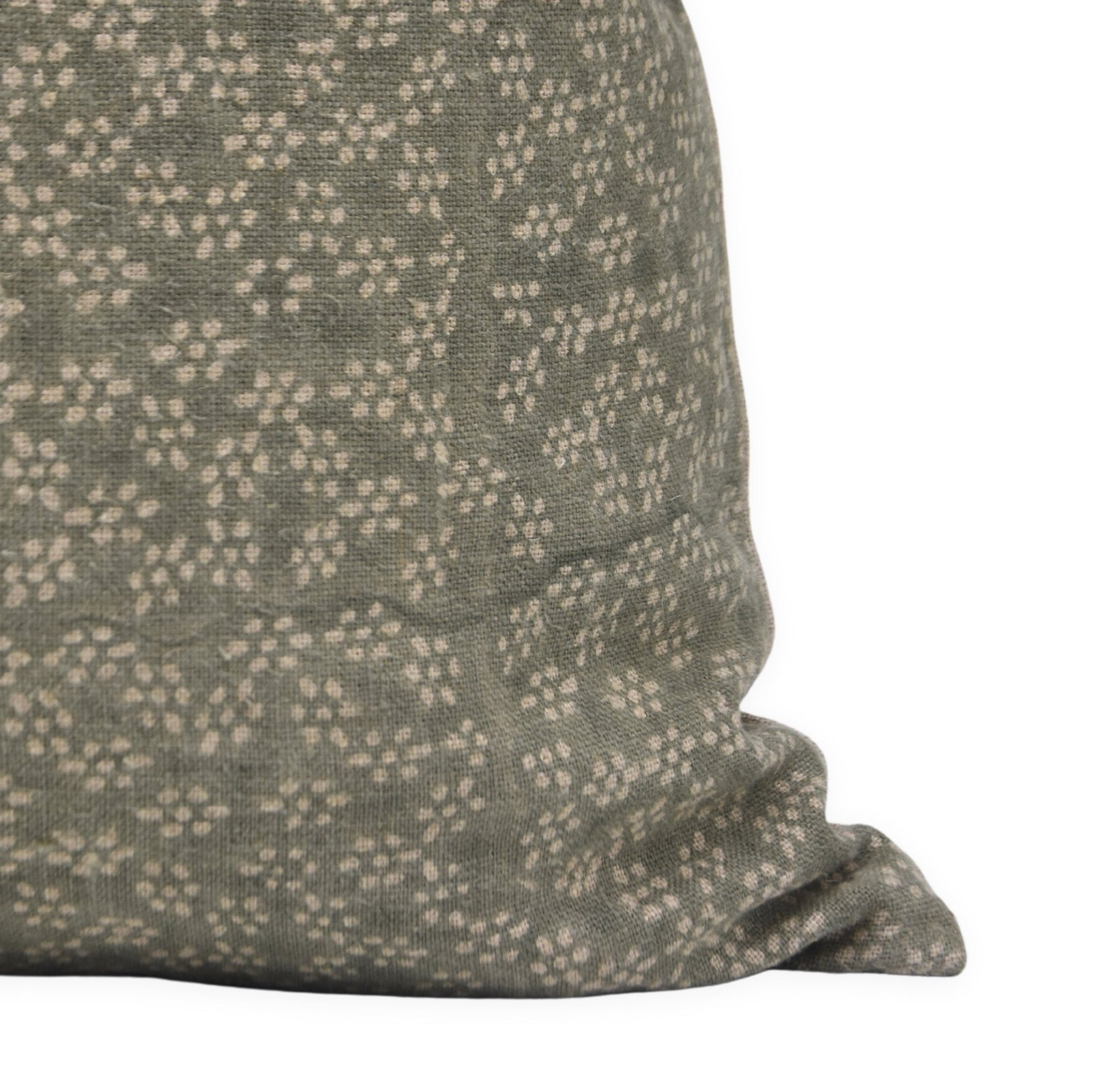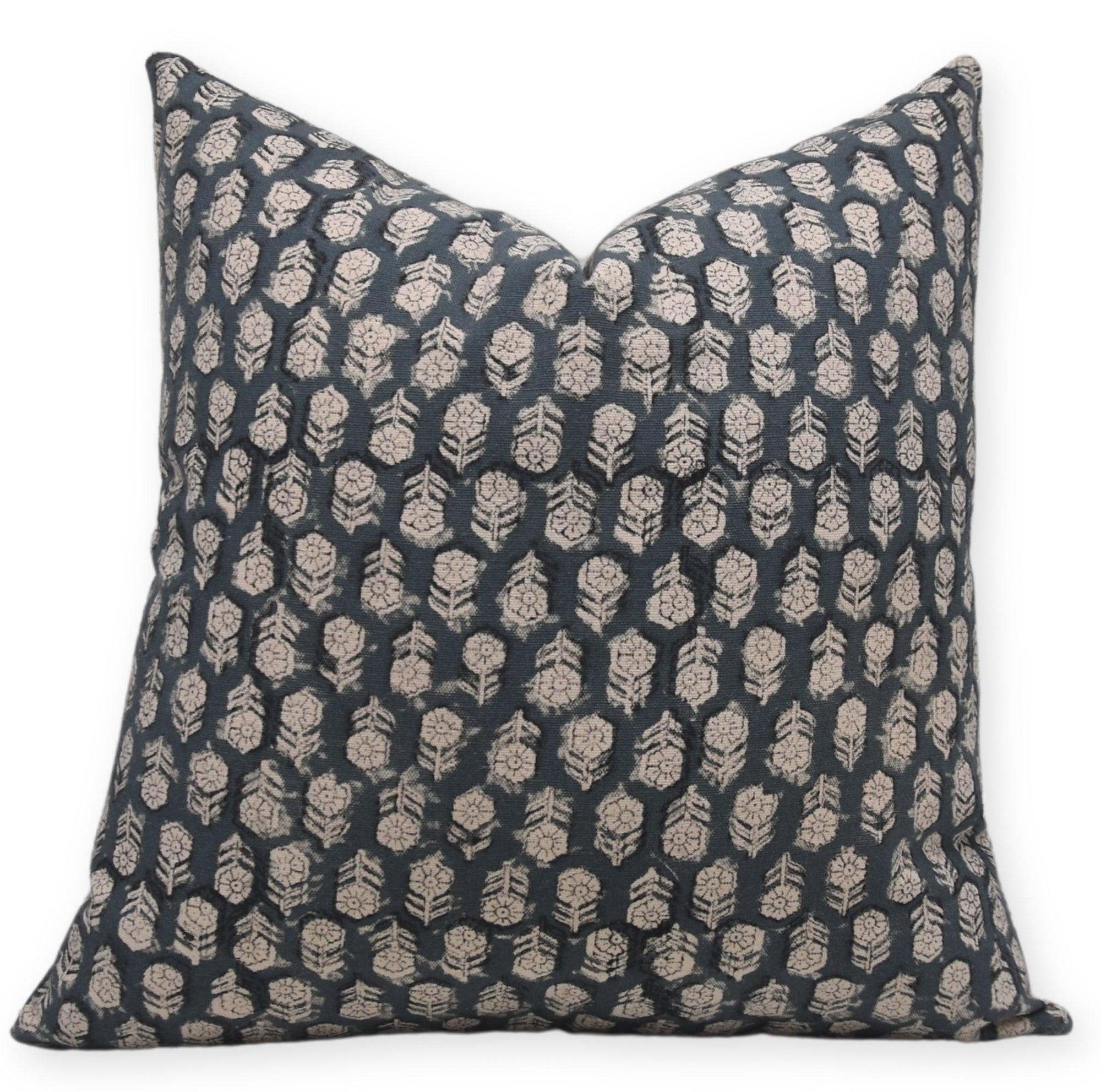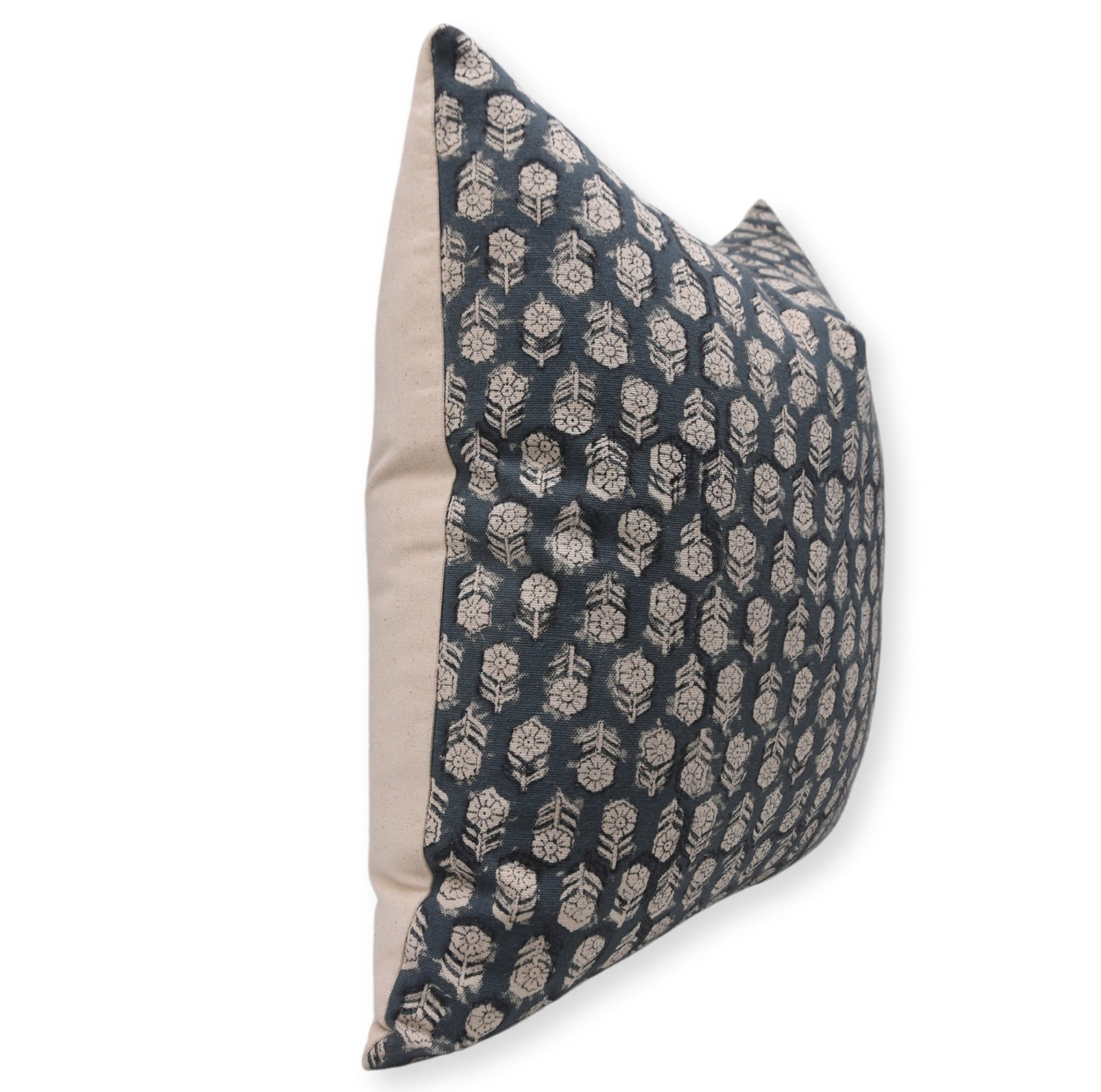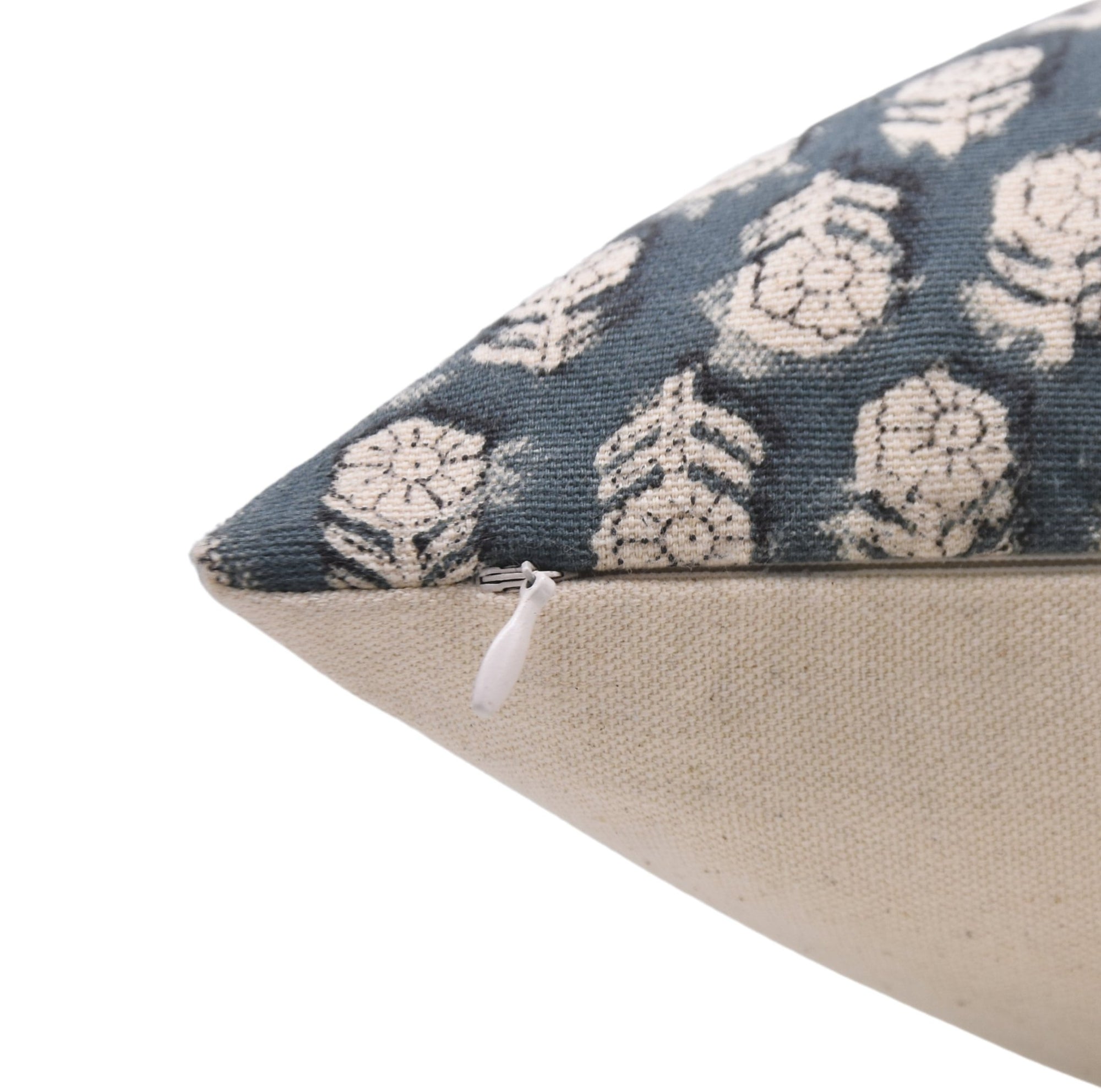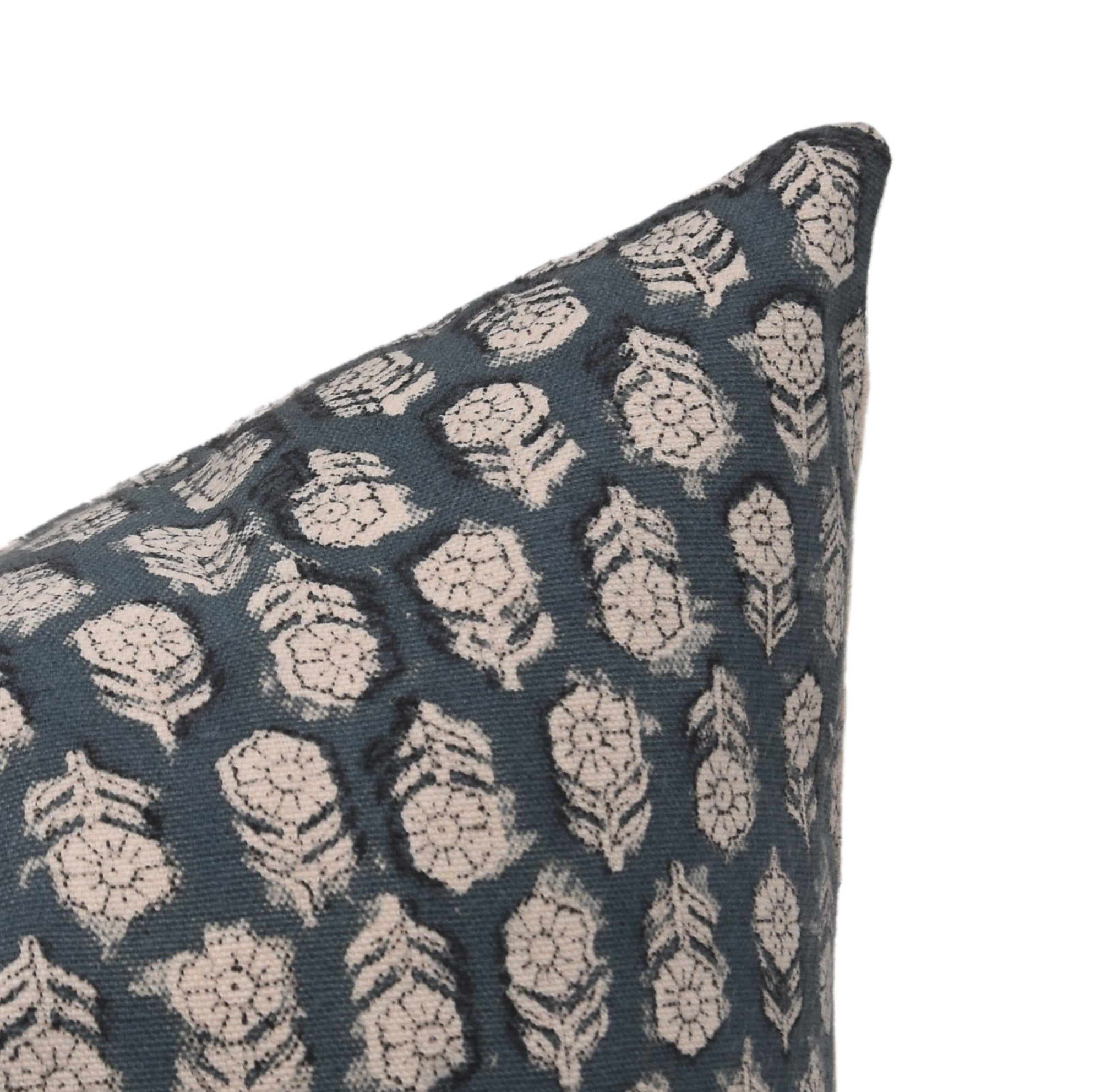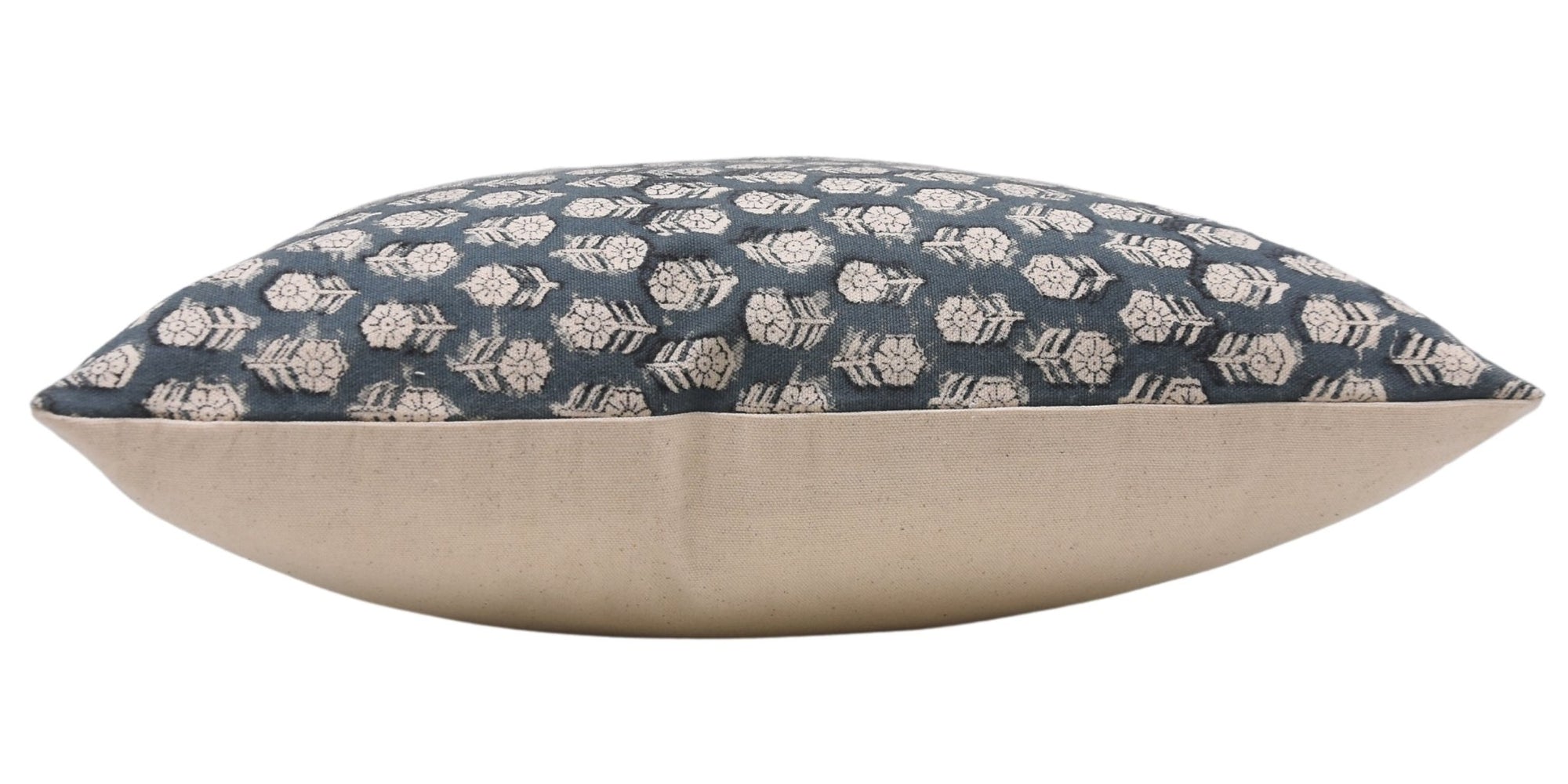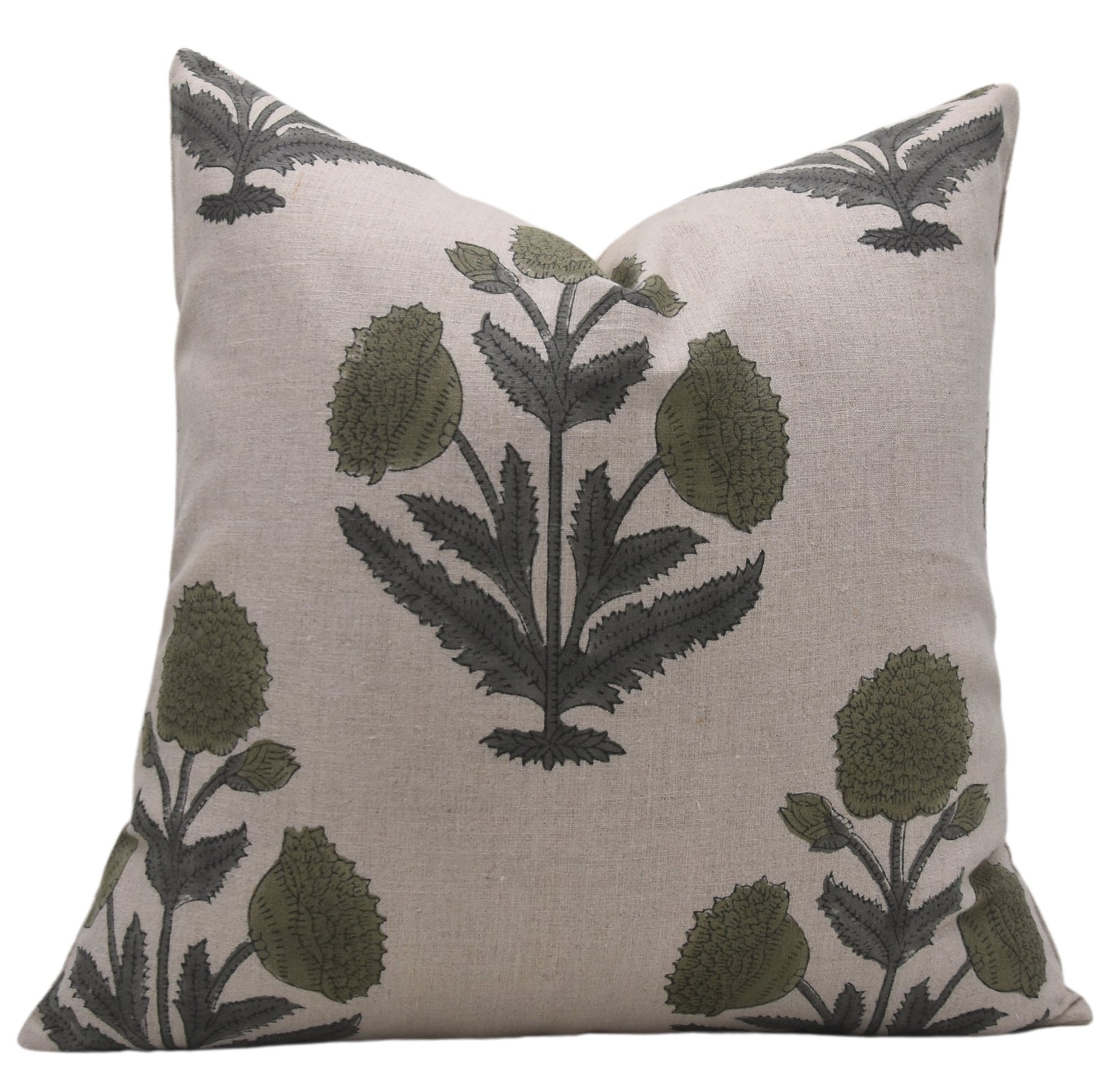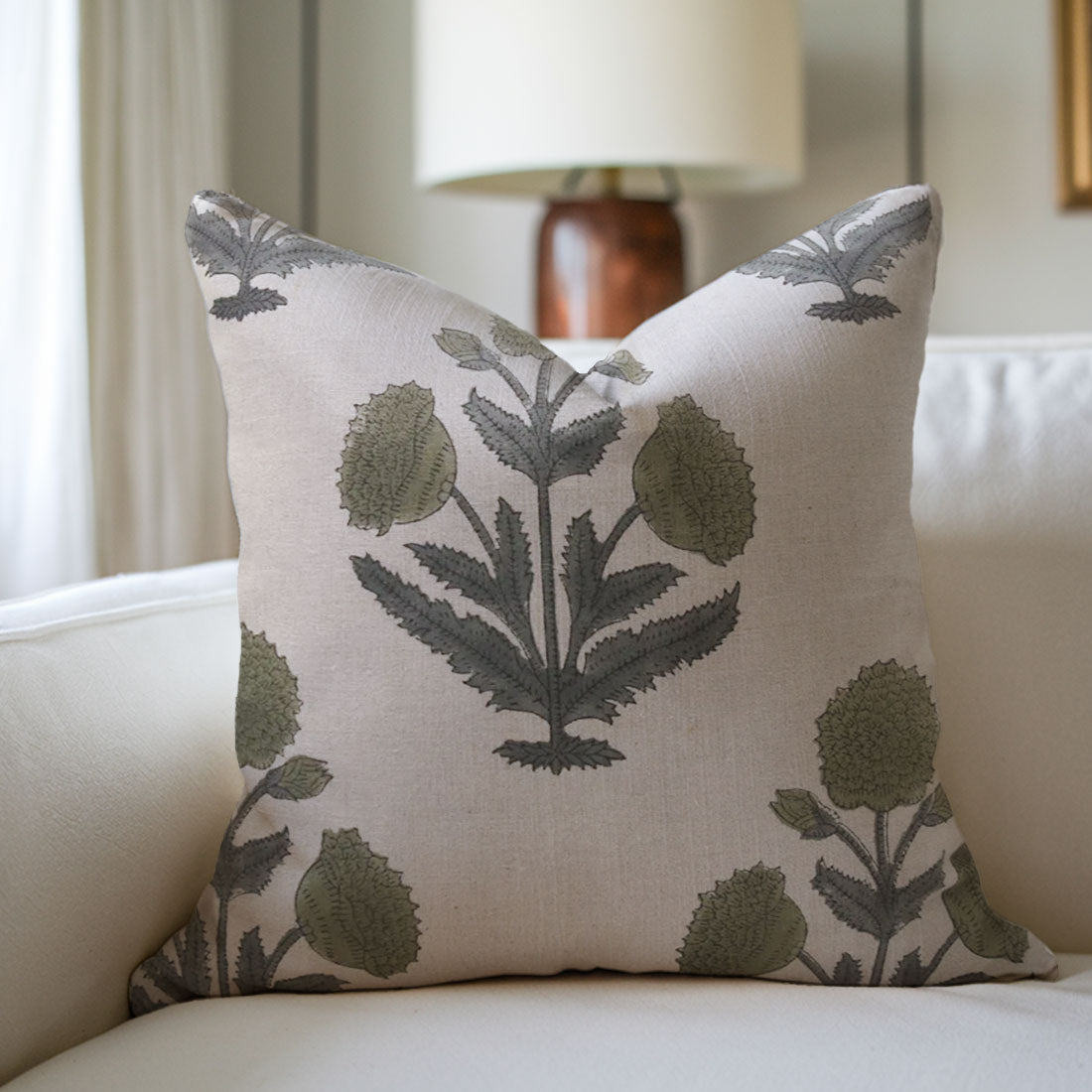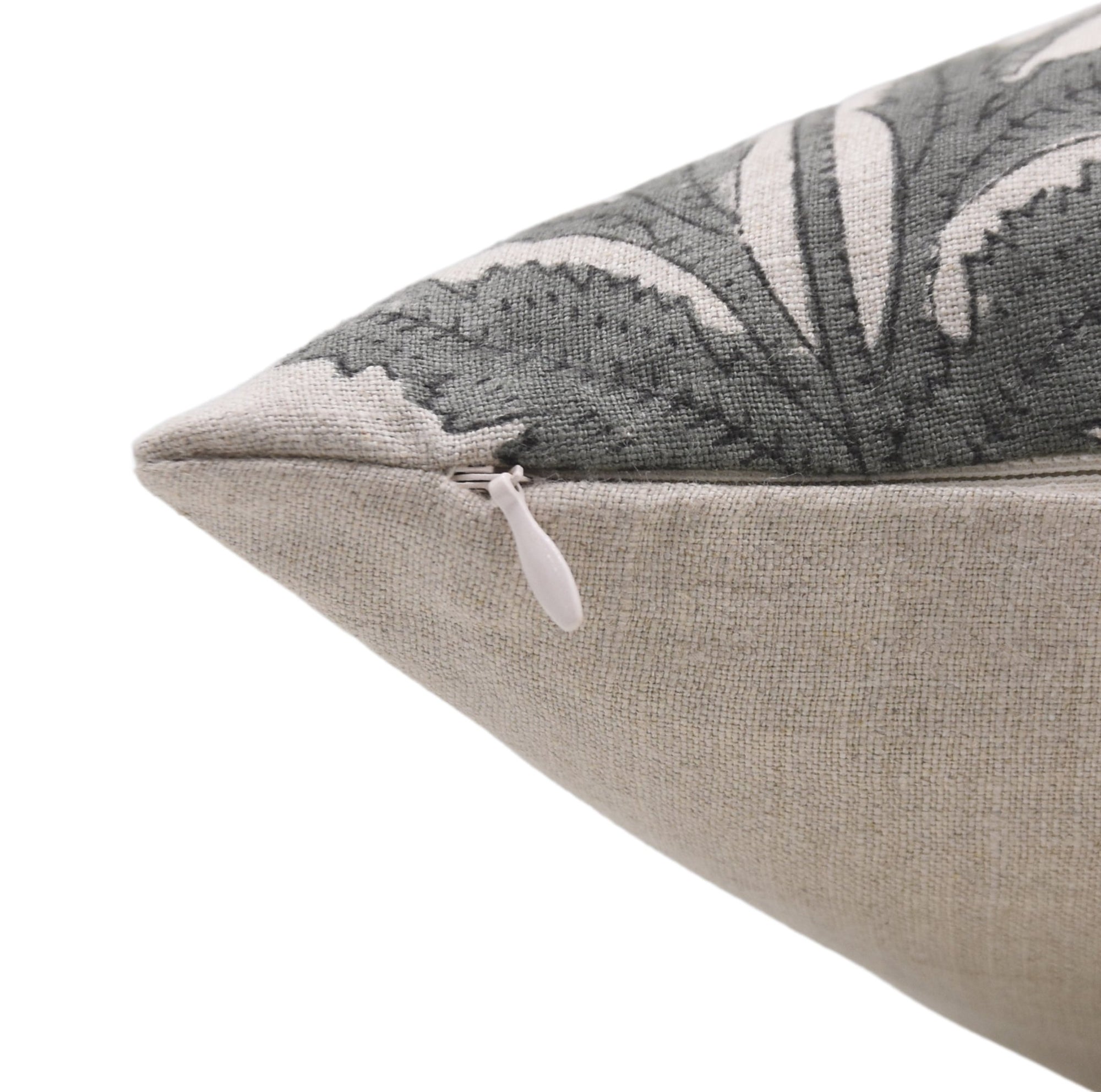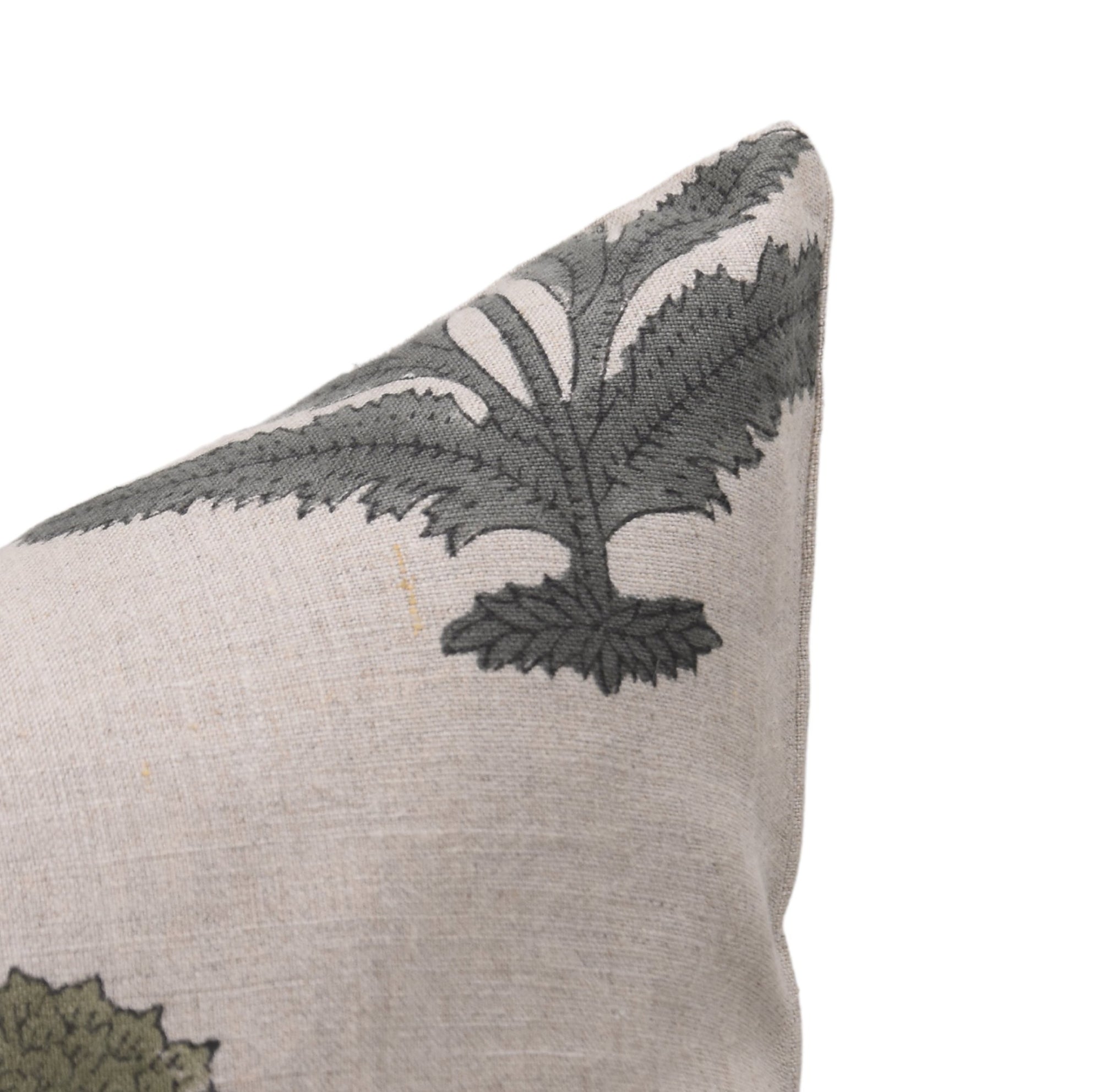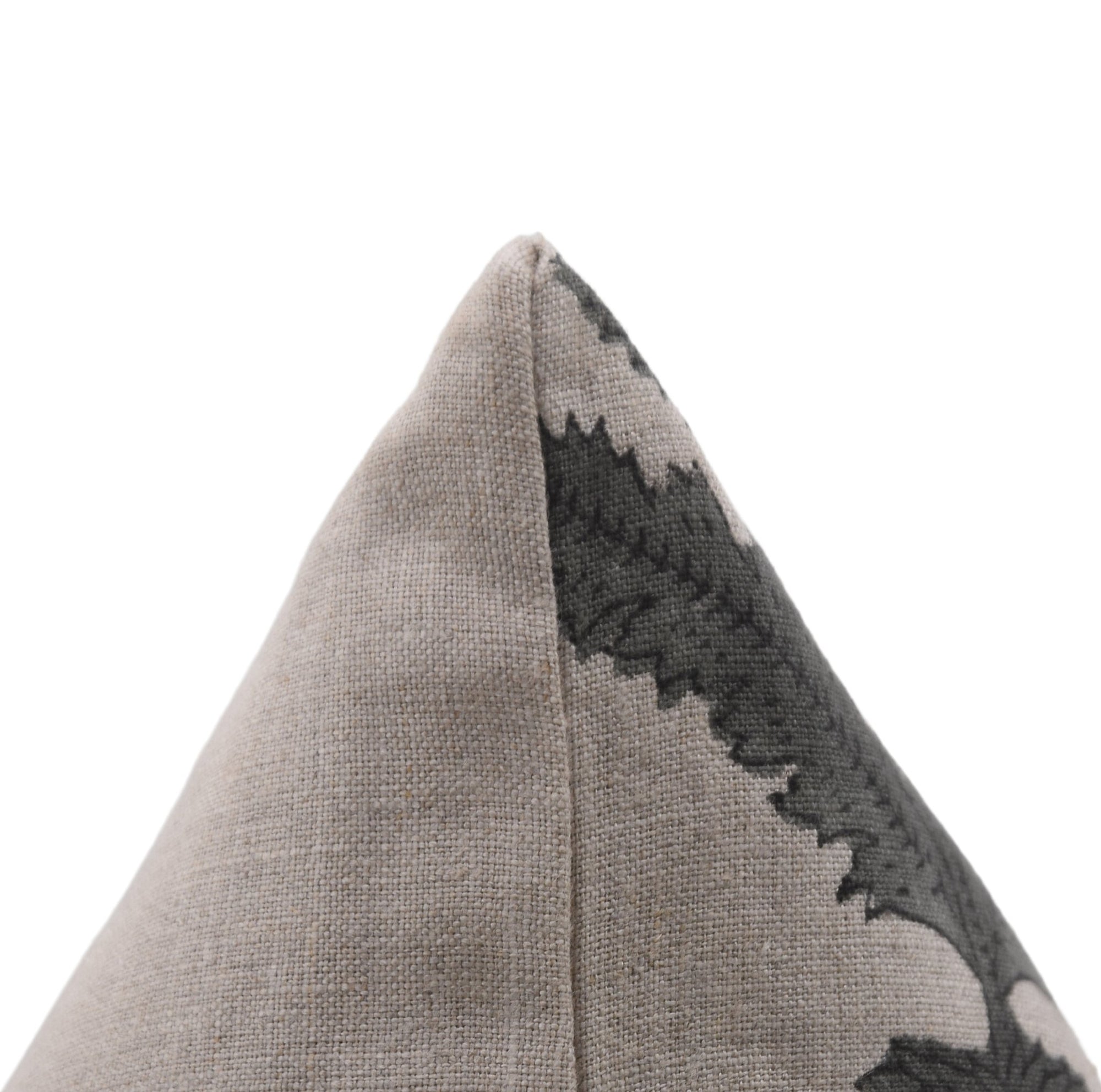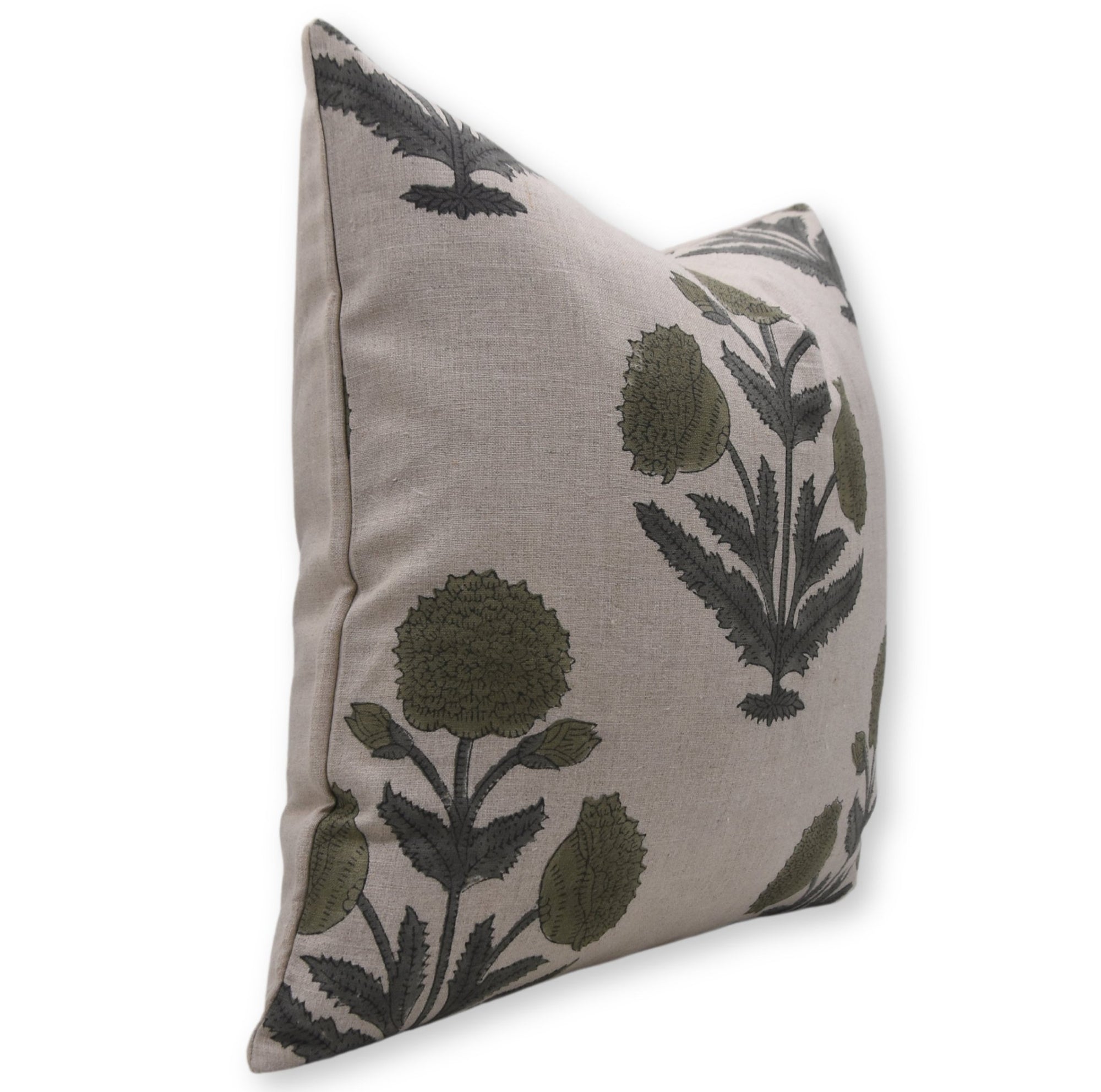According to a new idea known as biophilic design, the concept of the built environment is revolutionized. It incorporates nature into our interiors and built environments and enhances our relationship with the home. Essential to this design perspective is the belief that man possesses a primal affirmation of life that draws him/her towards nature and in working towards the users’ wellness, the design extracts nature. It does not stop with having some potted plants; biophilic design looks at the light, textures, patterns, and natural materials to make spaces that accord with the inherent human nature of living.

With more and more people spending time indoors, biophilic design is a way to bring the interaction between the contemporary living environment and our natural selves.
Here are some cute nature designs.
-
Organic Forms
The curves seen in the furniture matched with smooth wooden furniture giving this dining room, which is designed by Dre Shapiro, a serene finish. Operable window walls offer a direct connection to nature, and bulbous, hand-woven rattan lamps as well as smooth, sculptural wooden chairs introduce nature into the space. This helps to eliminate the barriers between personal interior space and natural environment leading to a better space to live in.
-
Neutral and Natural
The open kitchen by Lawless Design was done by interior designer Hannah Oravec who did very well in balancing the wooden finish of the island and floor with a natural stone countertop and backsplash. Sage green cabinetry brings a whisper of fresh and energizing color while also adding timber bar stools with woven seats for layering. “It is not about sticking one or two plants at the corner – it is about having wooden and stone structures as well as natural light as much as possible for people to feel they are in balance,” she explains.
-
Windows everywhere
“Certainly, the type of light that is natural light can affect mood, organize our daily circadian rhythm, support our health, and much more,” Marvin Windows’ chief marketing and experience officer Christine Marvin adds. At current times, landlords are looking for more windows in the home, giving an indoor-outdoor nature-like feeling. This second-level room design seems to be expensive due to the large size of the glass windows and glass doors.
-
Matching Materials
Taking into account the spaces of transition between the interior and exterior as especially important can forge a bond with nature, according to Studio TJP principal Ellen F. C. The exterior raw material is also transported to the inside of this recently concluded farmhouse, thereby merging the two zones. The natural light coming from outside reflects on the interiors and gives you a matching appearance between interiors and exteriors.
-
Framed Windows
Other perks of black, according to Richardson, include: “Black window frames have come into vogue as a means to frame outside visuals, as in a painting. Much like in photography, the design choice in definition turns views into art, focuses on nature, and adds sharp lines. Black frames are a modern, elegant look that works in any contemporary or classic new construction or existing home to blend the interior and exterior.
-
Spa-like Surfaces
The biophilic design calls for one to “eschew bringing nature into our living spaces, which are sanitized and made as desk-like as possible,” according to Sarah Lograsso, Westlake Royal Building Products’ director of marketing and product management. Jewel centers expect this kind of layout and incorporate stone and wood because they have a soothing effect, like luxury spas. At home, this means responsibly sourced floors or countertops made of wood or stone veneer, foliage prints, wallpaper, or naturalist paintings.
-
Light From Above
Also, these now mean that areas are lit naturally by bringing in the natural light source which most wall windows cannot execute throughout the day. This design looks more aesthetic when the natural light comes from the sky and reflects from the rock-appearing floor. The stone-like floor gives the non-slip surface needed in a bathroom and the walnut and bamboo used in the colored accents offer a warm counterpoint to the otherwise cold natural stone walls.
-
Plenty of Plants
Carefully selected plants and elements from the natural world enter our homes in such a way that erasing the boundaries between the outside and in becomes virtually impossible, according to designer Gala Magriña. Using plants for styling your space not only makes your room look great but also increases air quality in the room. Some best plants for in-home and garden are air filtering, superstar picks such as lady palm and dragon tree. Further, snake plants and pothos are also a great choice.
-
Layered Lighting
If possible flood your space with natural sunlight as this is the healthiest source of light to use. If not, fake it,” is another tip from Christine Jahan, an interior designer. She suggests the bulbs that emit a warm light to make the surroundings feel refreshing and welcoming. This particular bathroom has well-lit natural light, sconces, and uplighting, which provide a warm, bright, and cheerful ambiance.
-
Flower Power
Learn how to incorporate botanical designs into your home without effort and with the help of classic design. These are whether audacious or subtle nevertheless, the trends bring biophilic aesthetics to any environment. In this dream country house in England, the Amelie wallpaper collection by The Flower Hunter turns into a painting from nature.

Conclusion
Bringing biophilia to your home goes beyond the trends; it is practicing how you can create a healthy environment and reconnect with nature. Designing a home that incorporates natural elements and careful planning will let your inhabitants find rest, unleash their creativity, and achieve harmony. Nature-inspired homes are not only for the beauty and design of the home but also can have benefits to increase physical and mental well-being by adding greenery to the home. It doesn’t matter whether it’s through textures, colors, or spatial configurations; in Biophilic design, one can surely attest to possibilities for creating restorative and harmonious living spaces that best fit our mood.
FAQs: 10 Biophilic Design Ideas for a Nature-Inspired Home
Q1: What is biophilic design?
A: Biophilic design integrates natural elements into indoor spaces to create a connection with nature. It uses plants, light, textures, and materials to enhance well-being and harmony.
Q2: What are some easy biophilic design ideas for my home?
A: Start with indoor plants, natural materials like wood and stone, large windows for natural light, and earthy color palettes to create a calming, nature-inspired vibe.
Q3: How do I incorporate greenery into my home?
A: Add potted plants, vertical gardens, or hanging planters. Use large statement plants like fiddle-leaf figs or palms to make an impact and smaller succulents for accent decor.
Q4: Can biophilic design work in small spaces?
A: Yes! Use small plants, wall-mounted gardens, and mirrors to reflect light and greenery. Stick to natural textures like linen or bamboo to maintain an open, airy feel.
Q5: What colors are best for biophilic interiors?
A: Stick to earthy tones like sage green, terracotta, beige, and brown. Add pops of color with floral or botanical patterns in cushions, curtains, or artwork.




